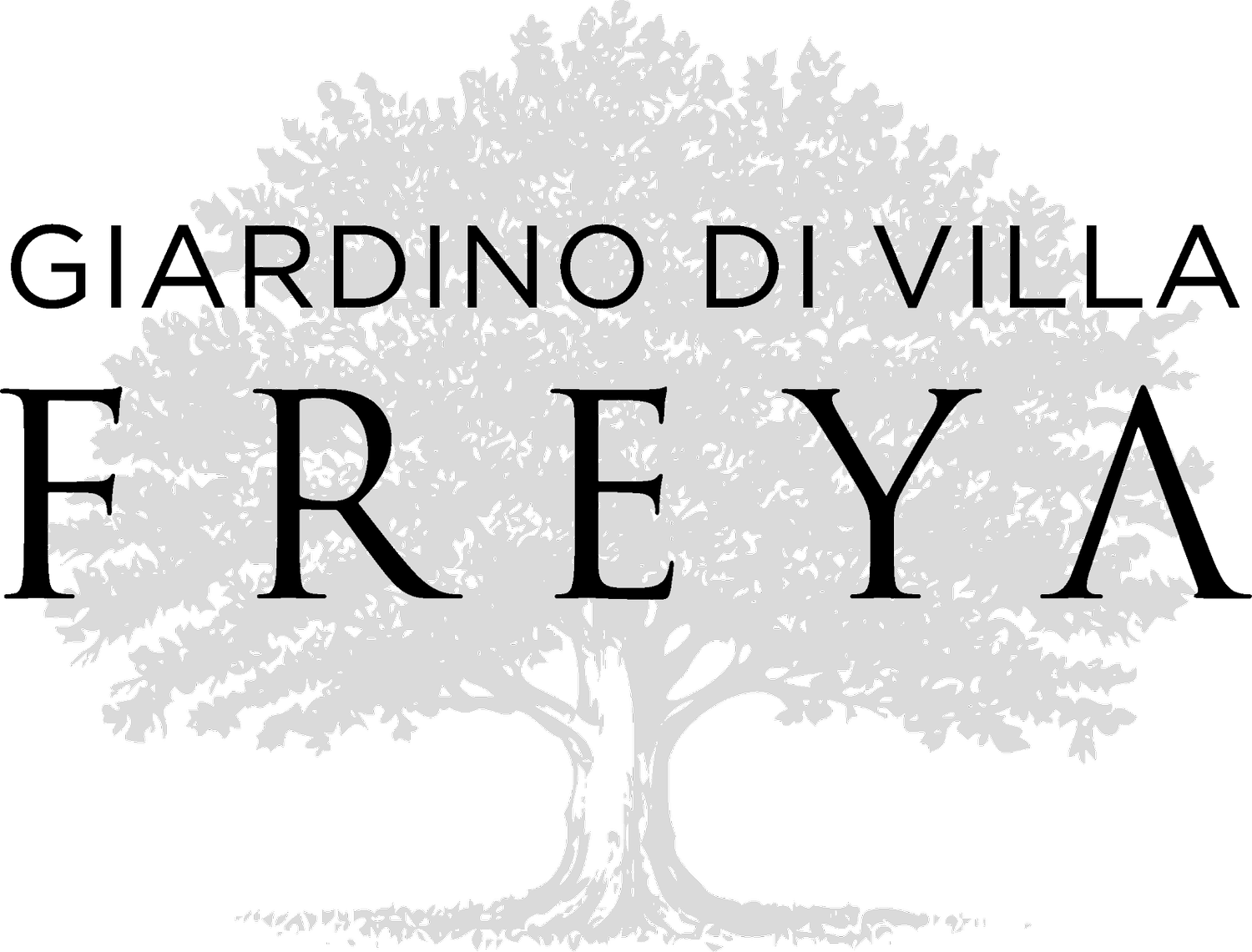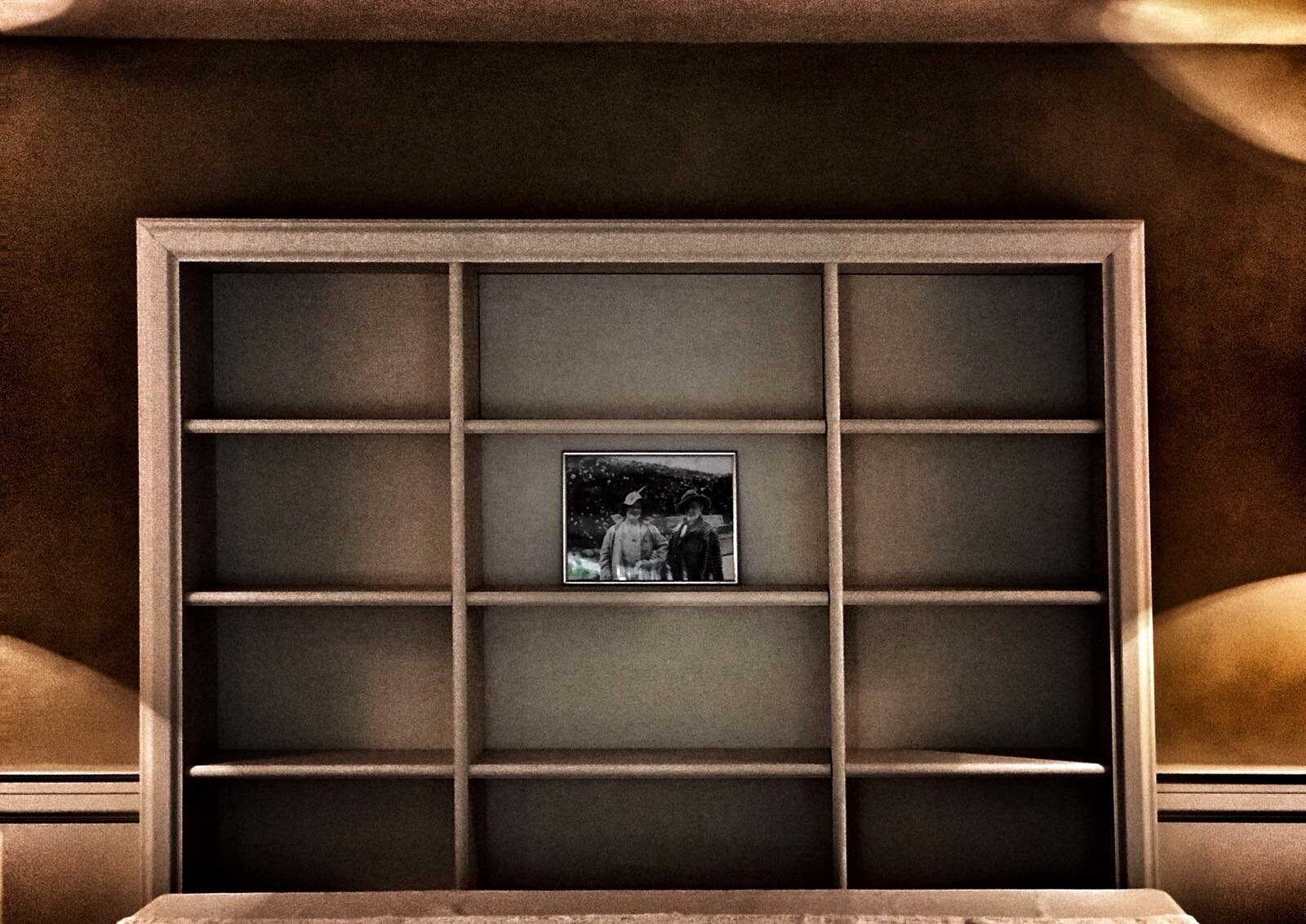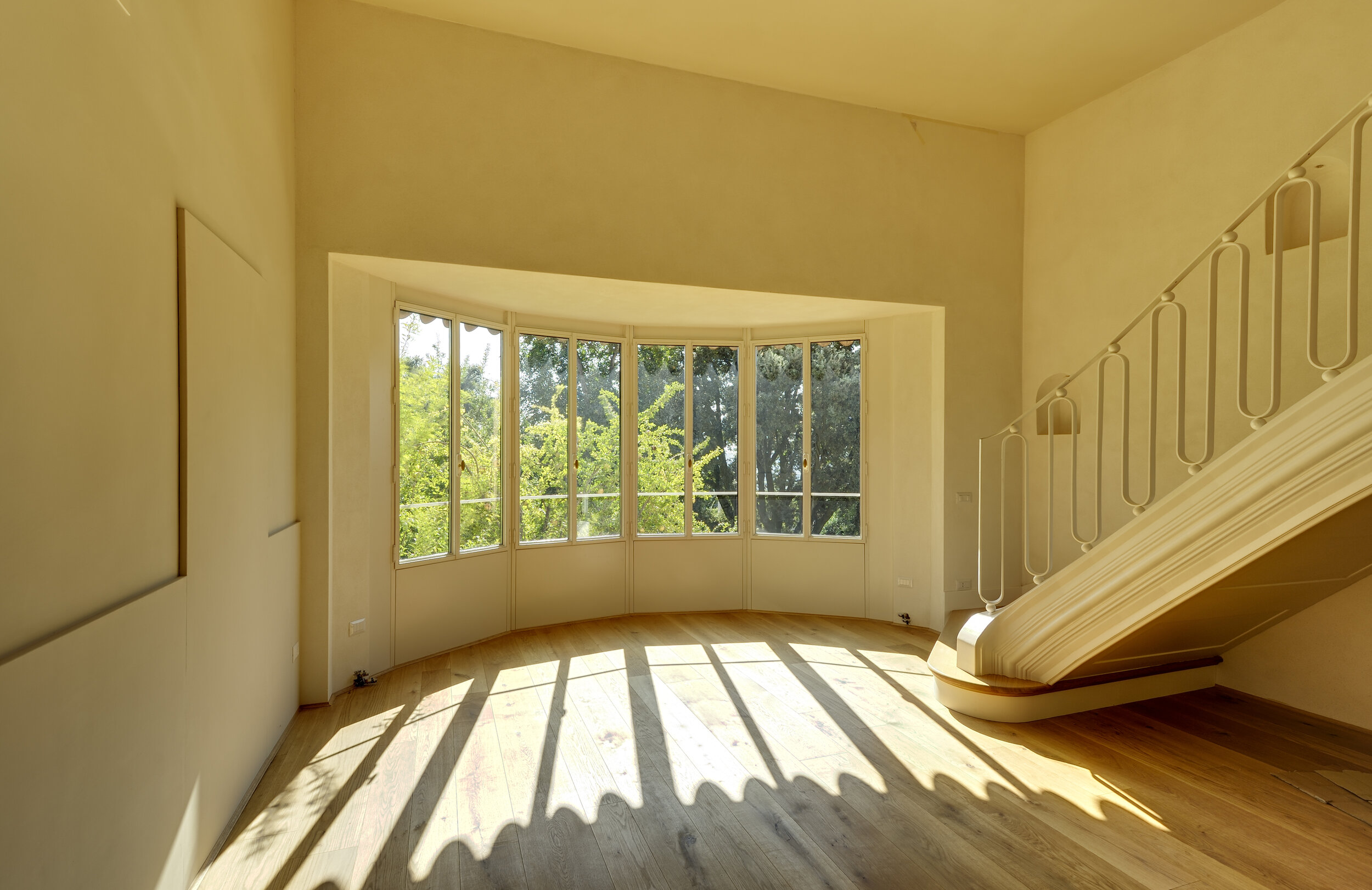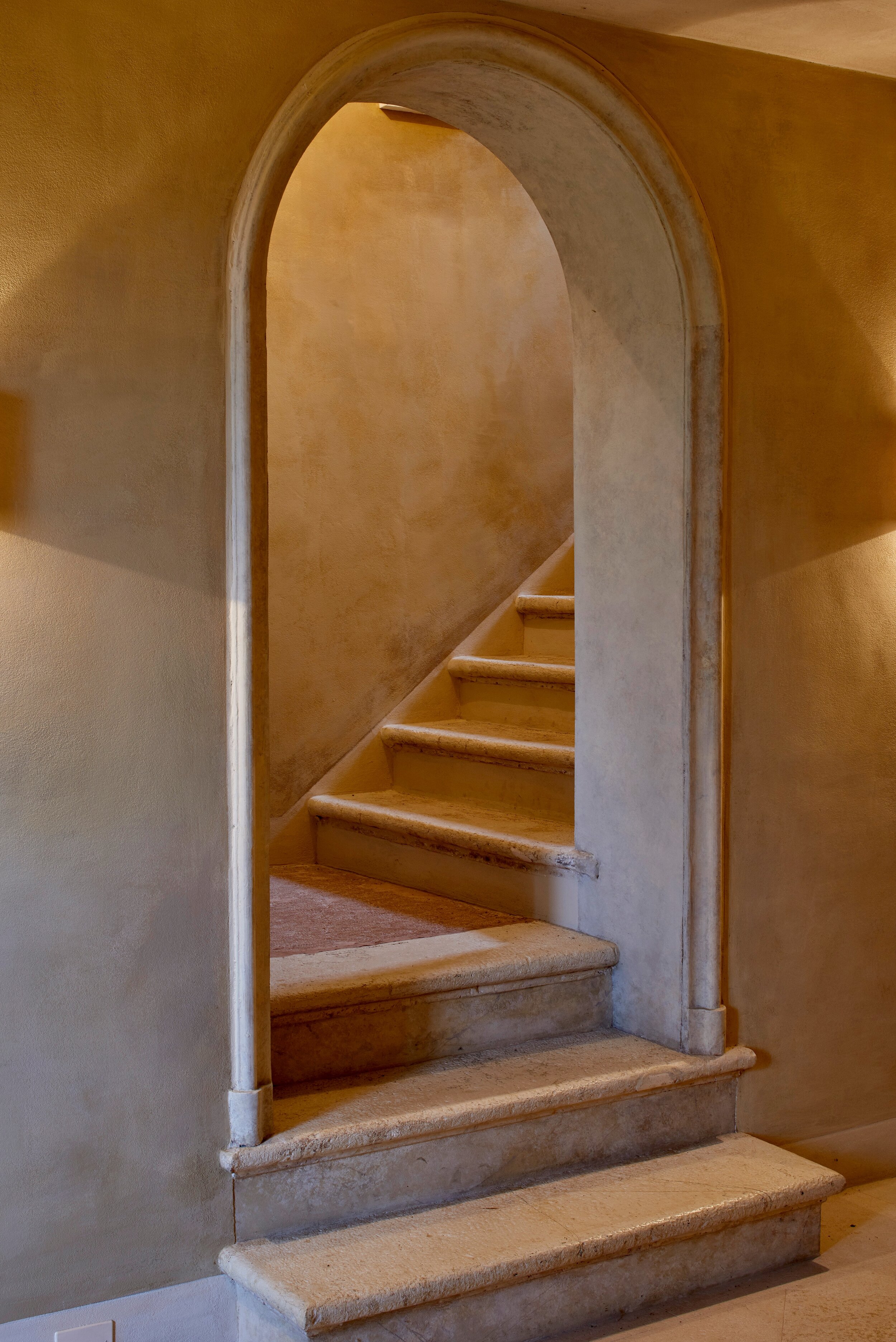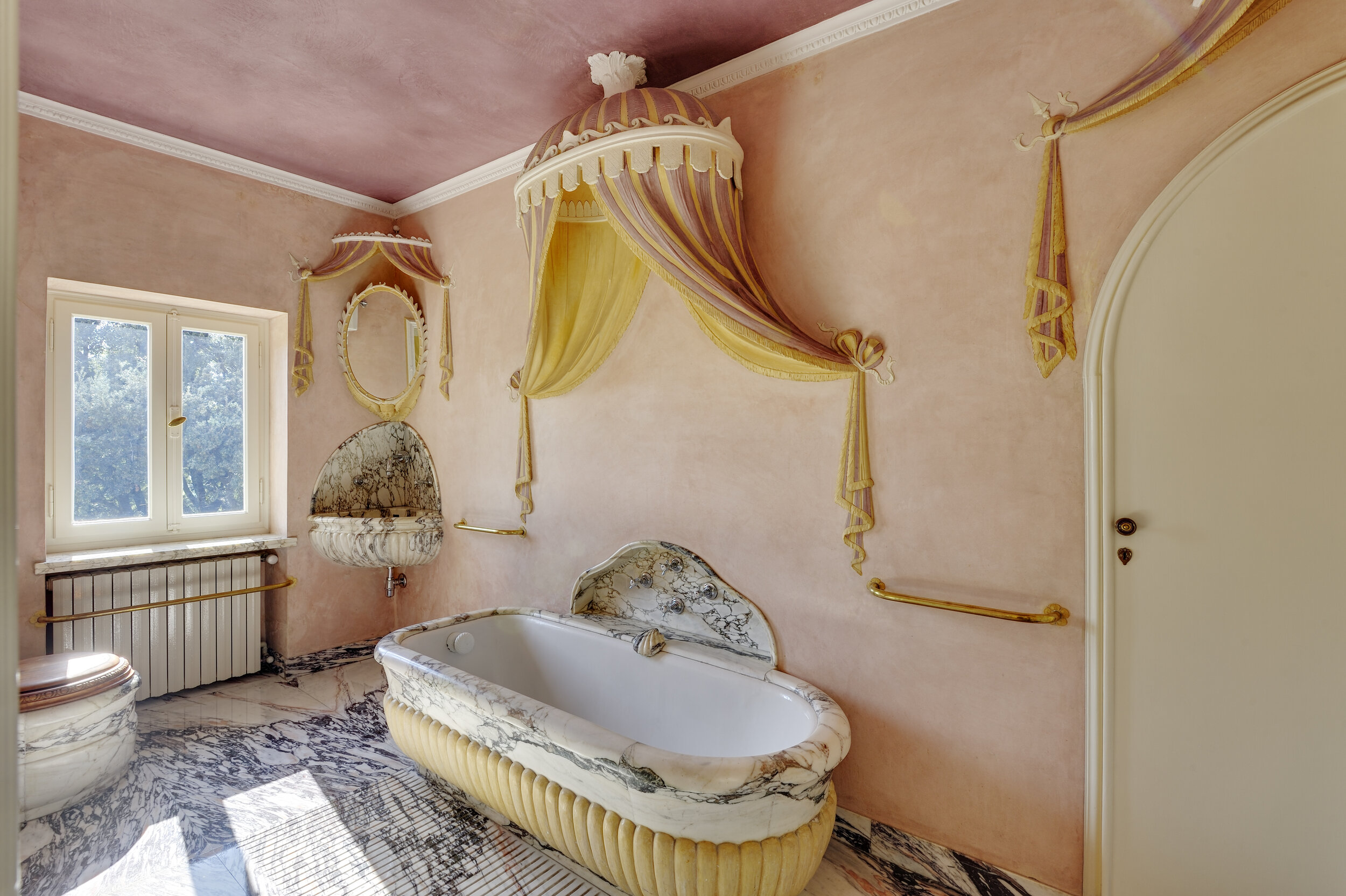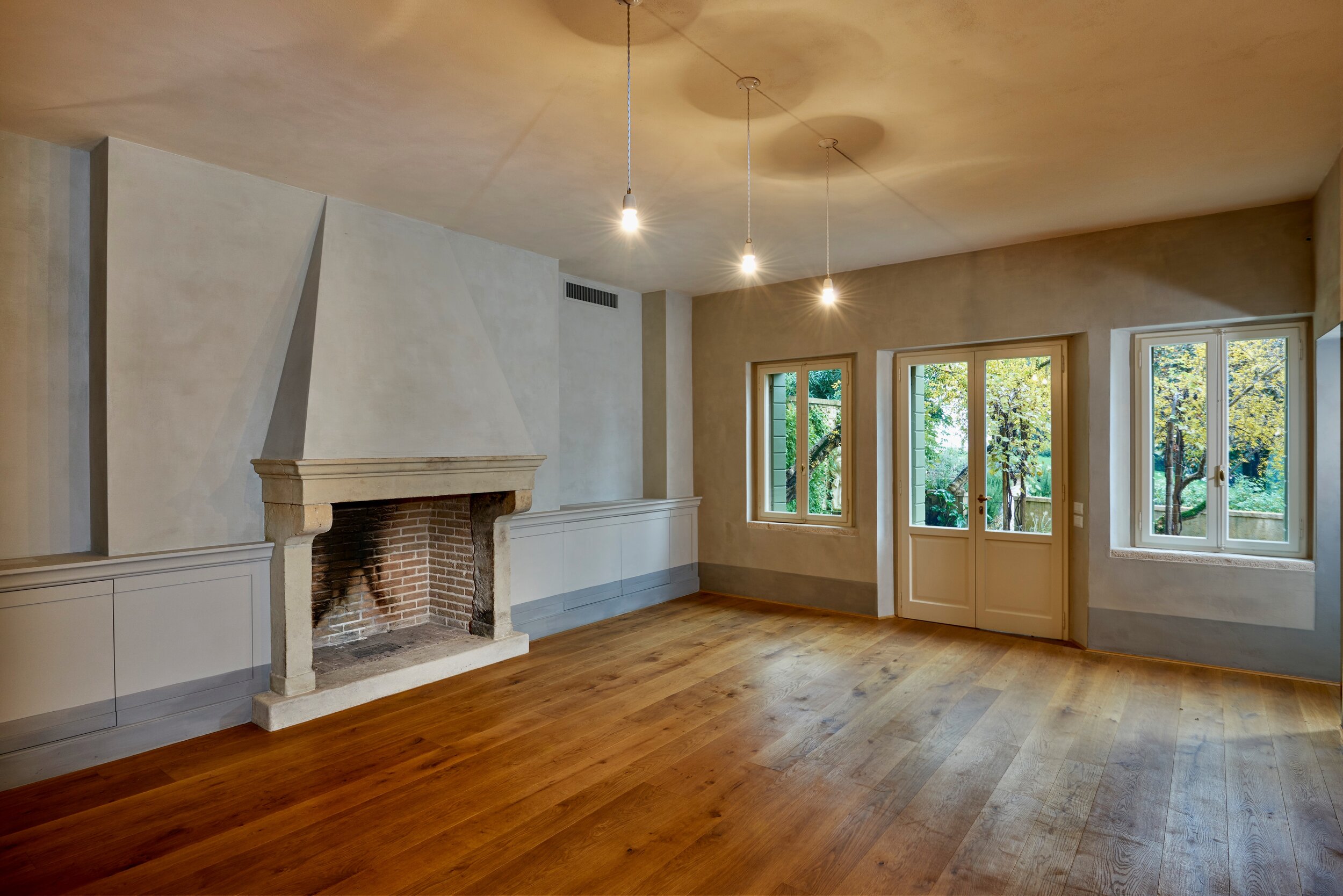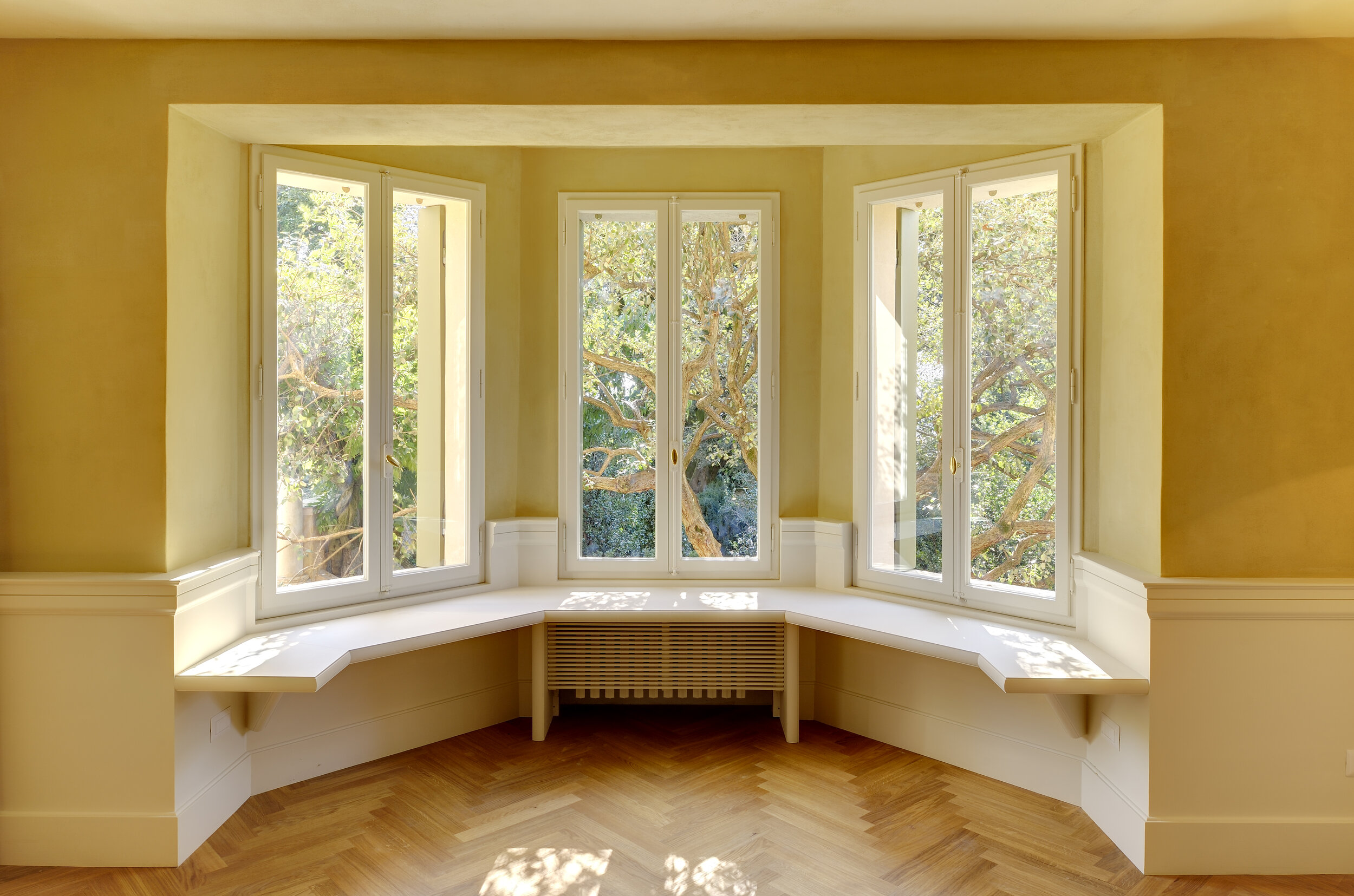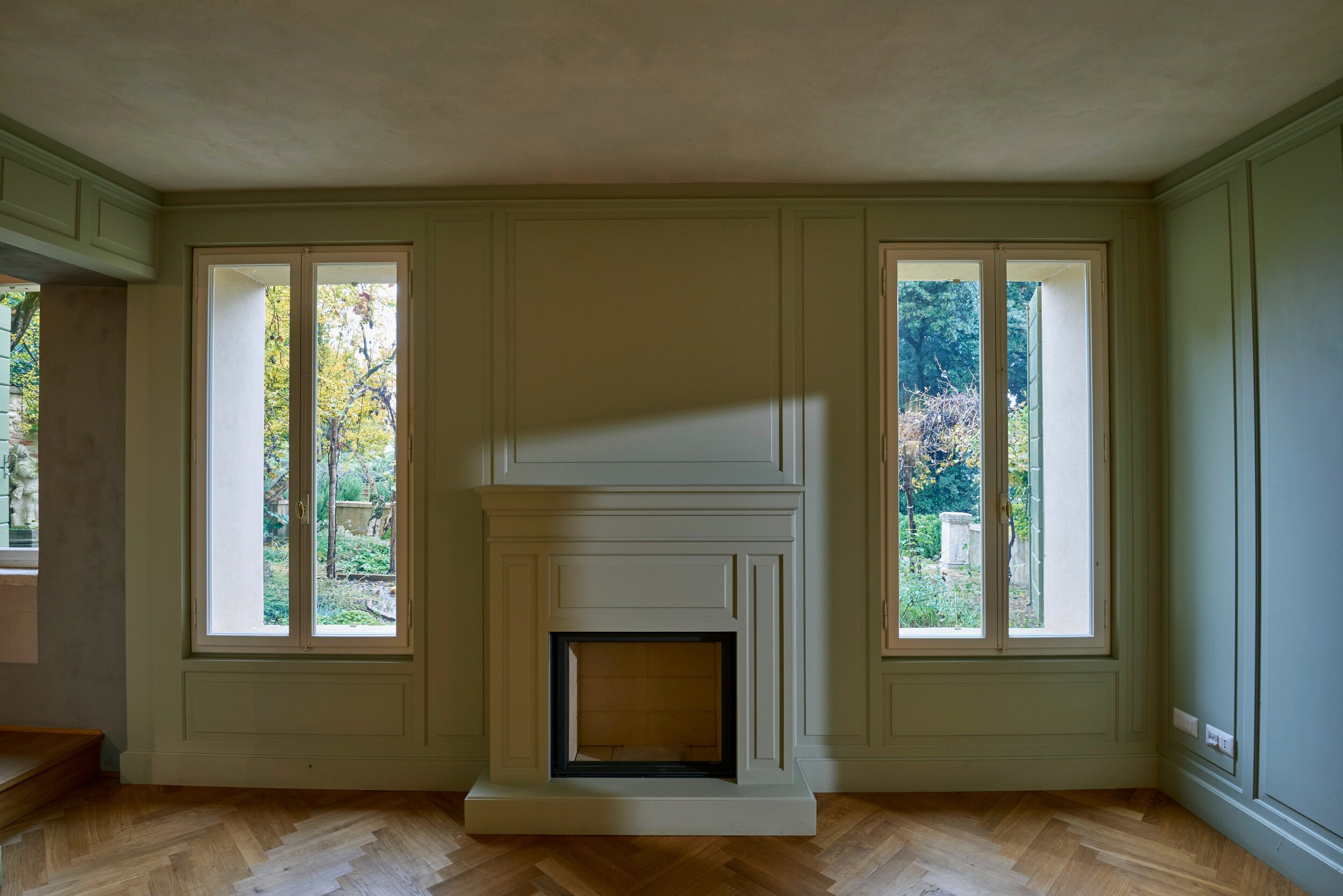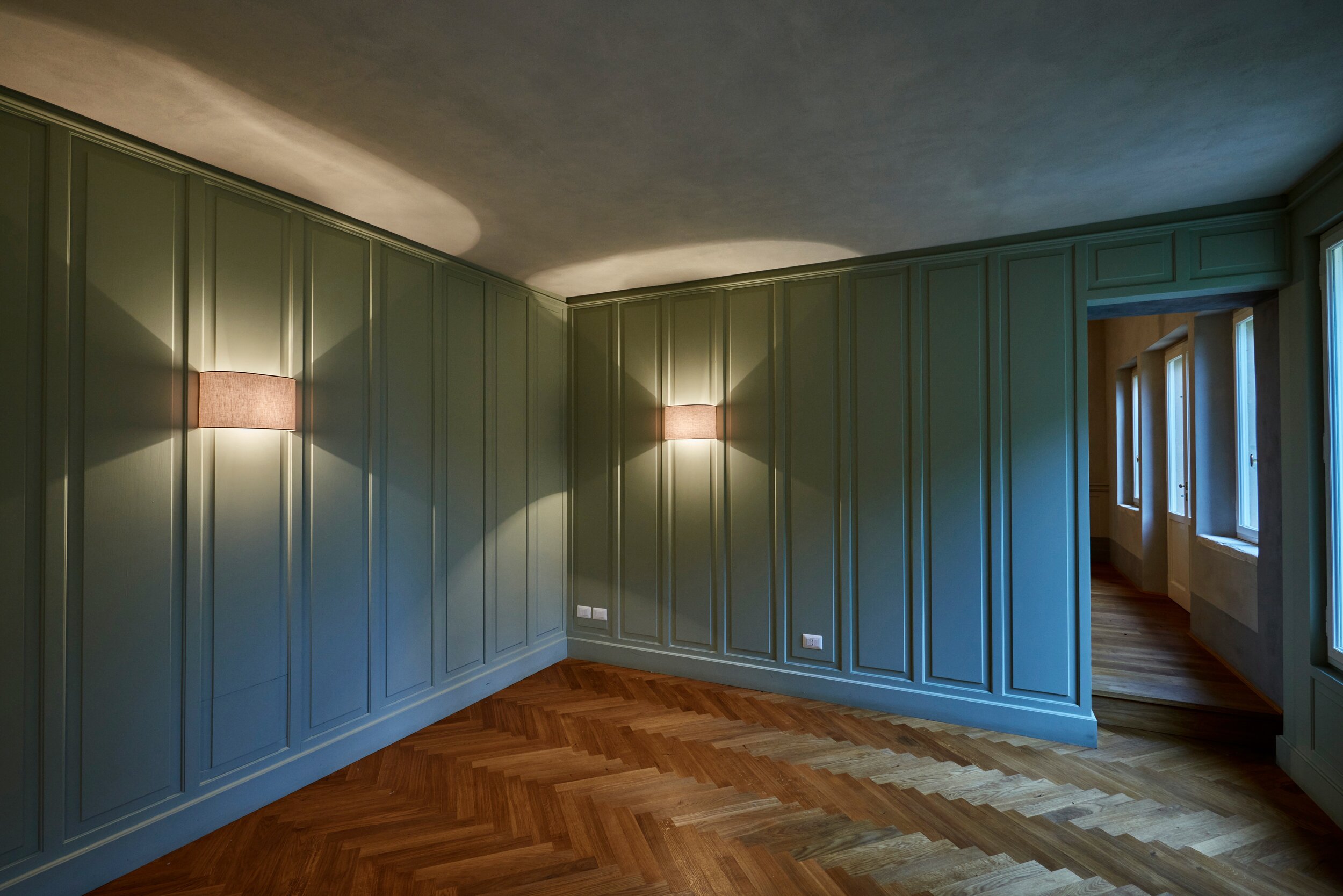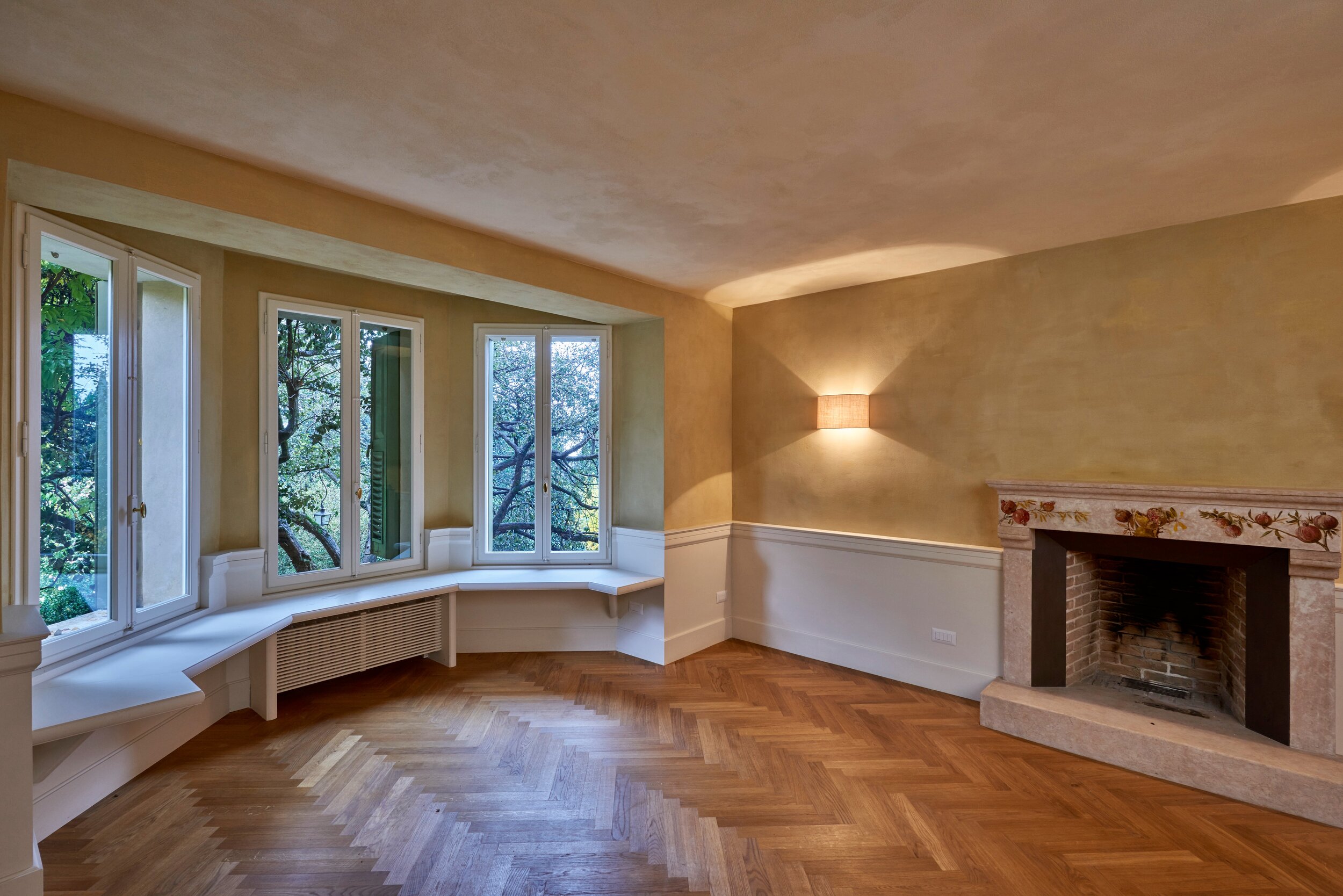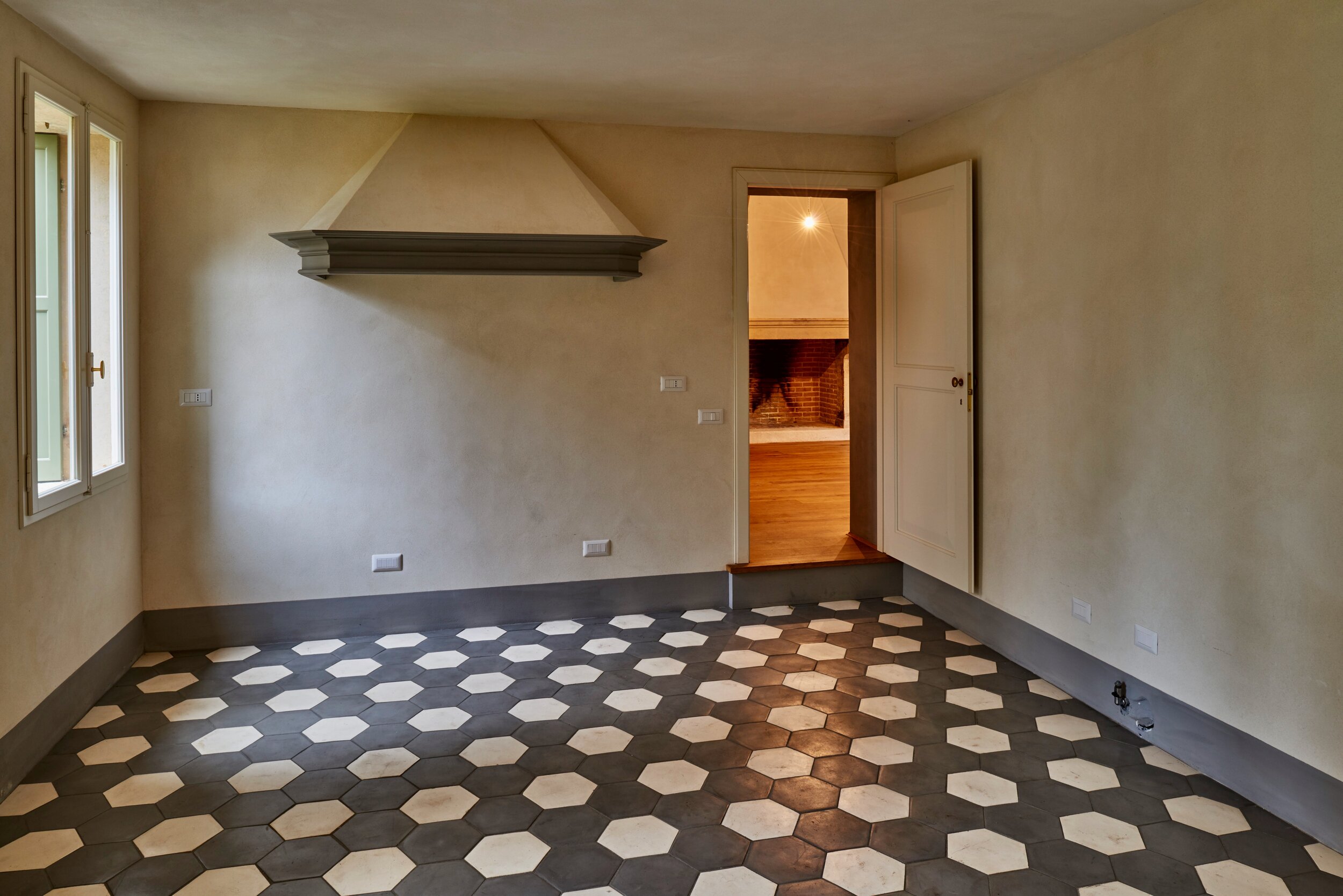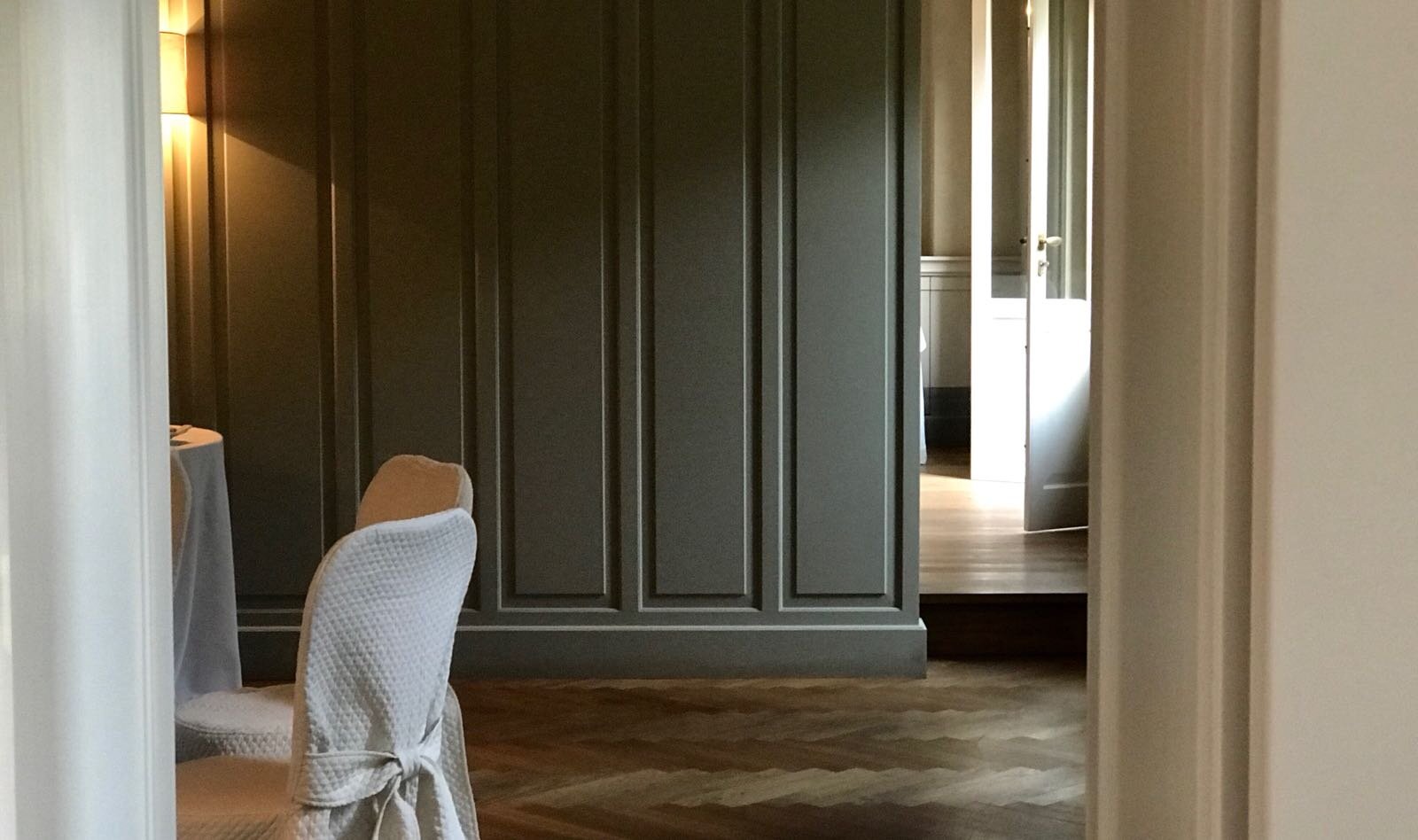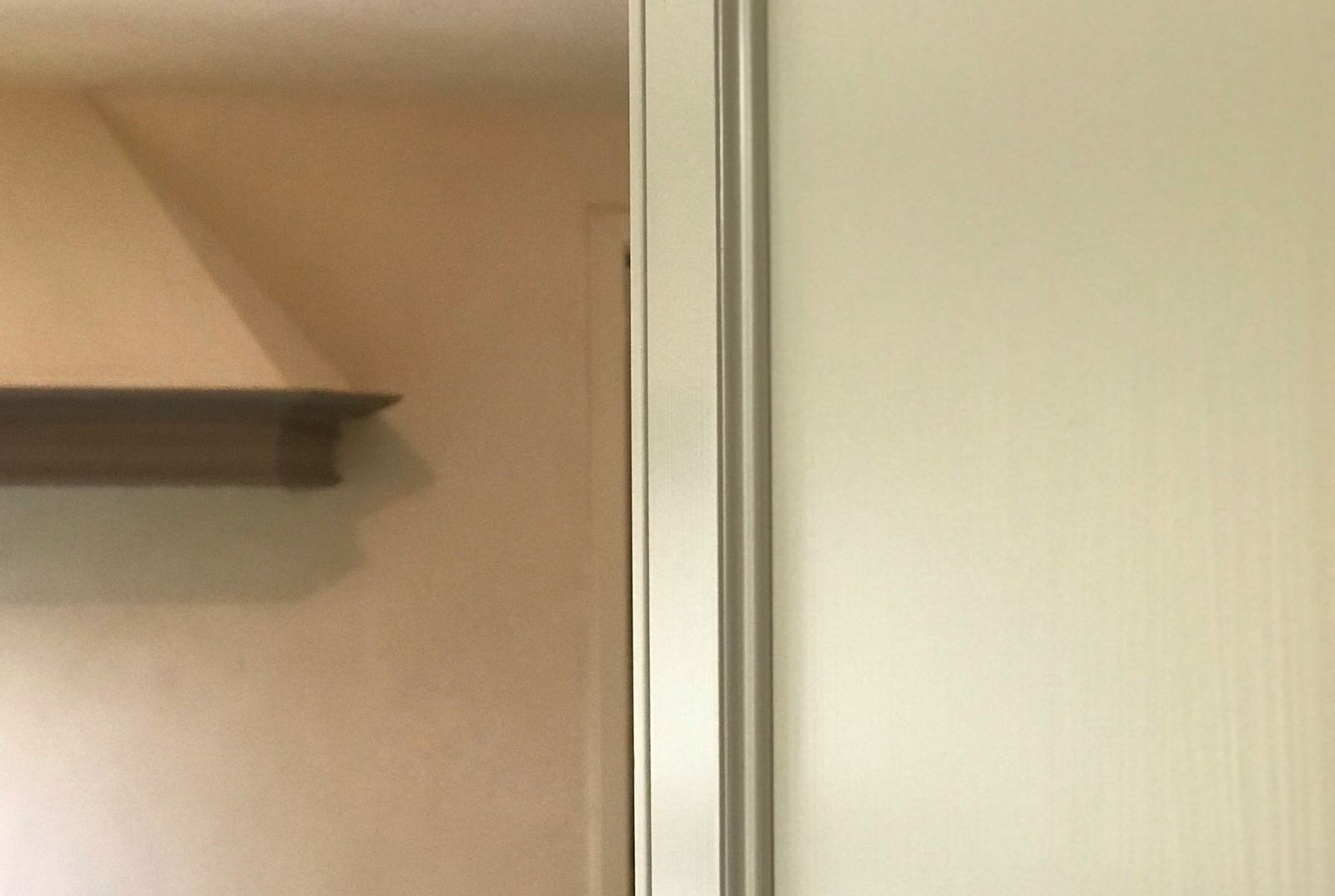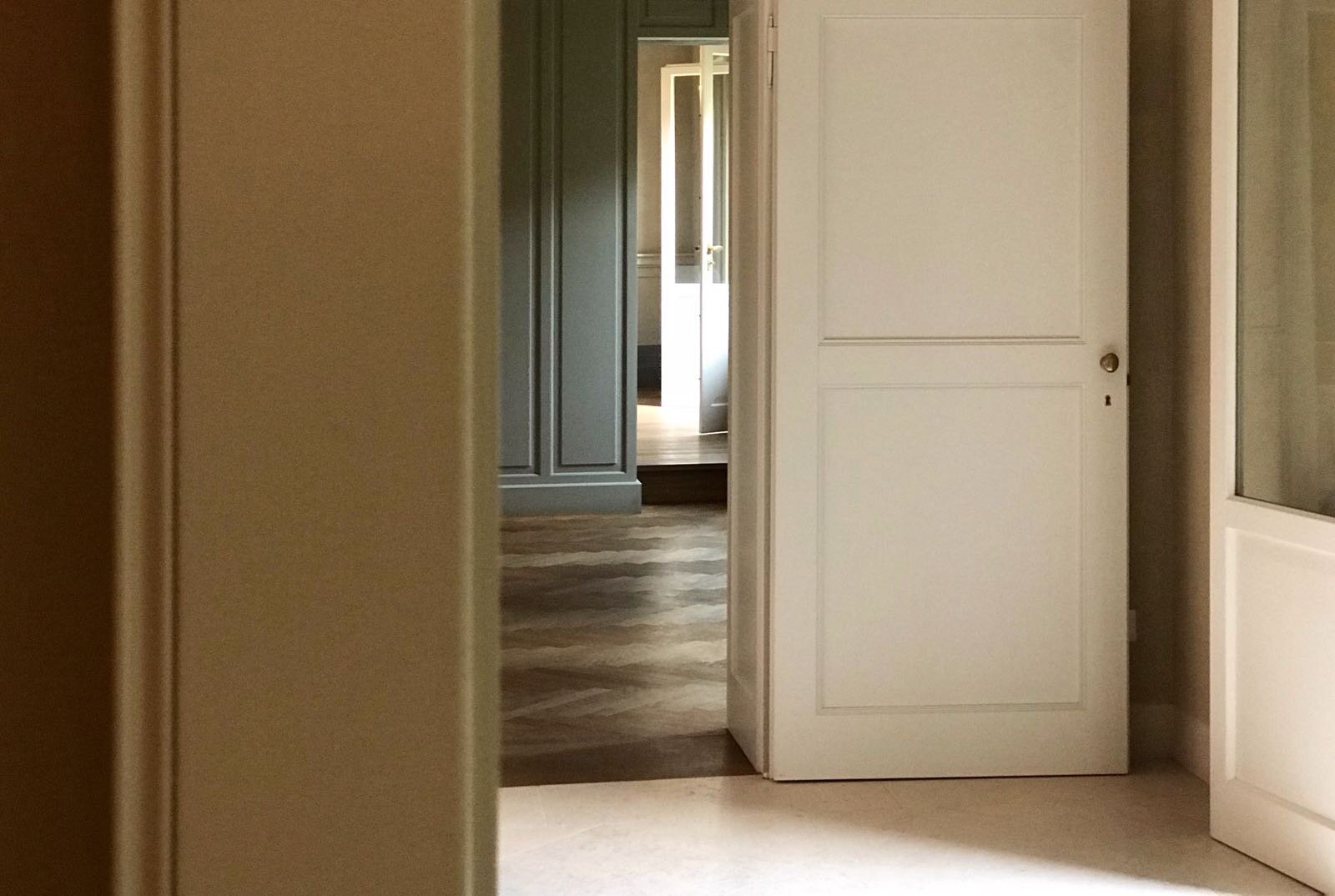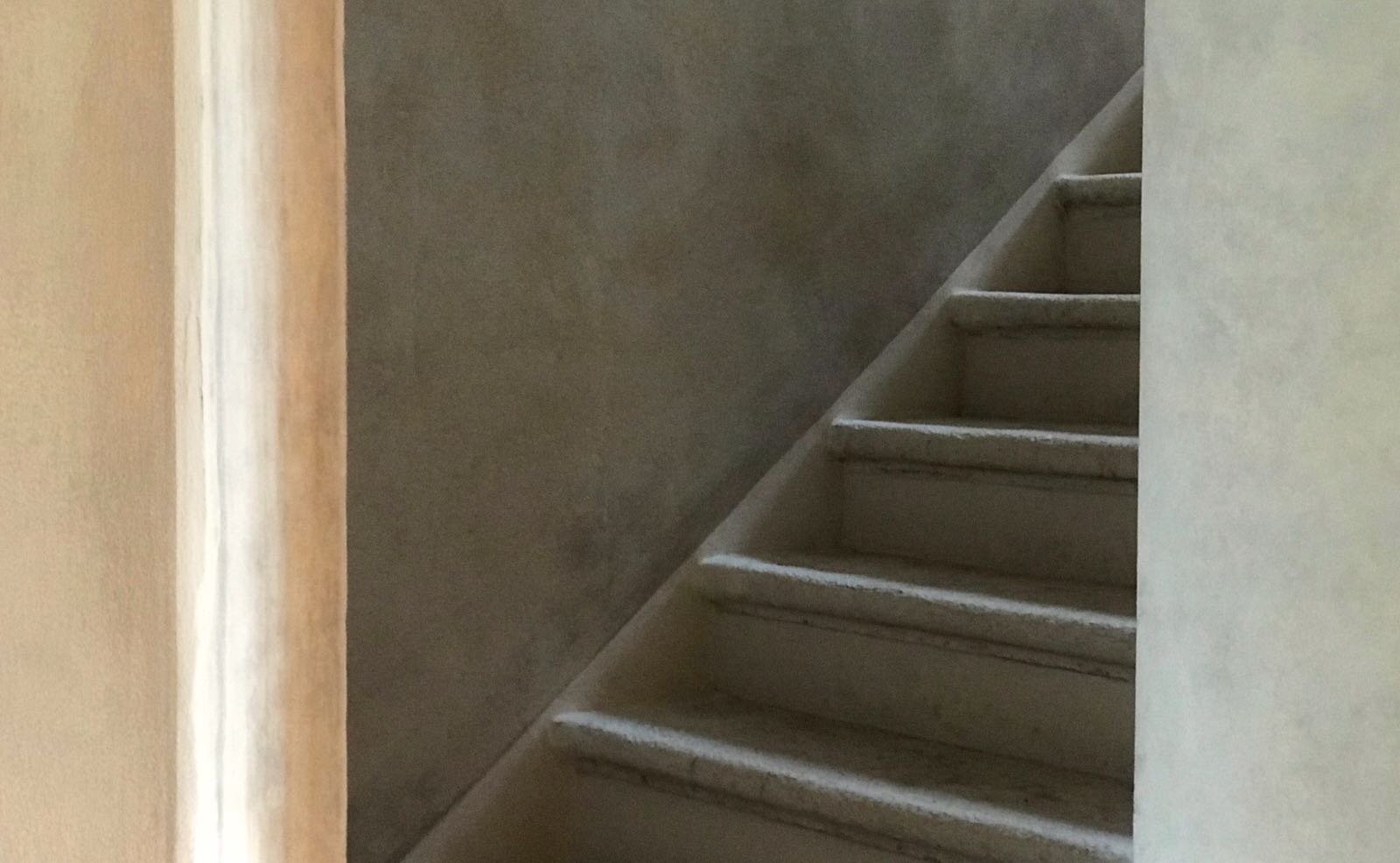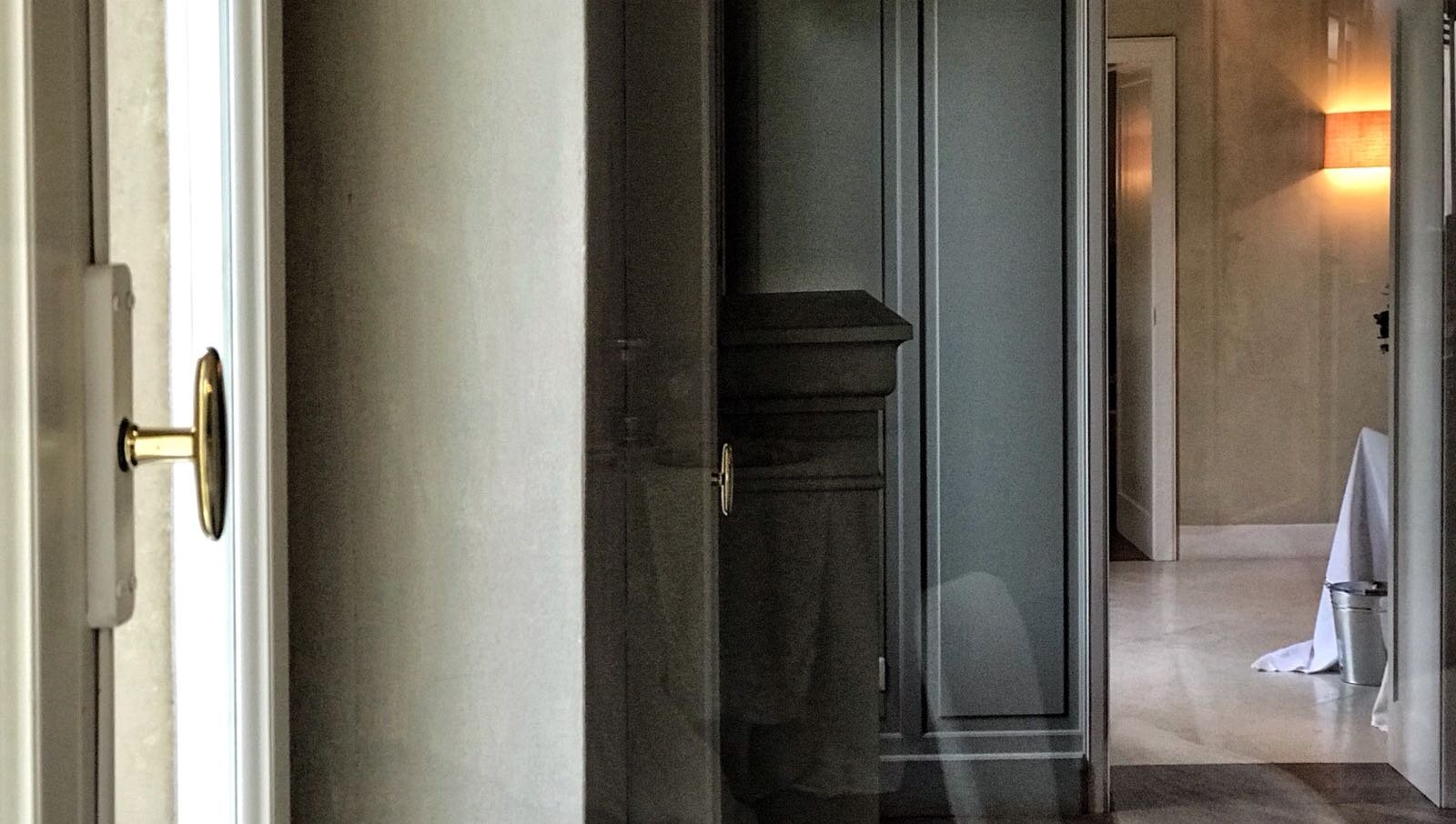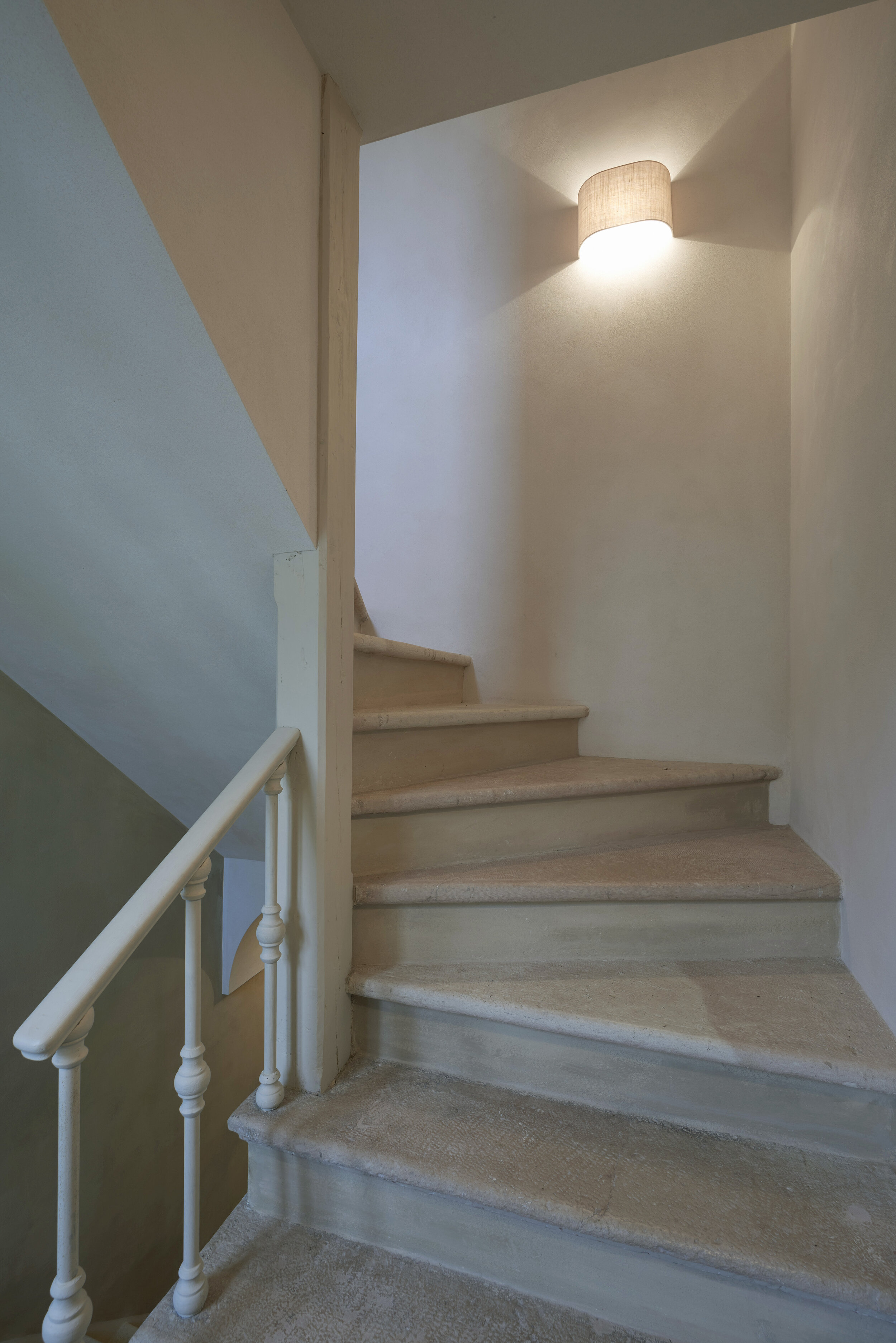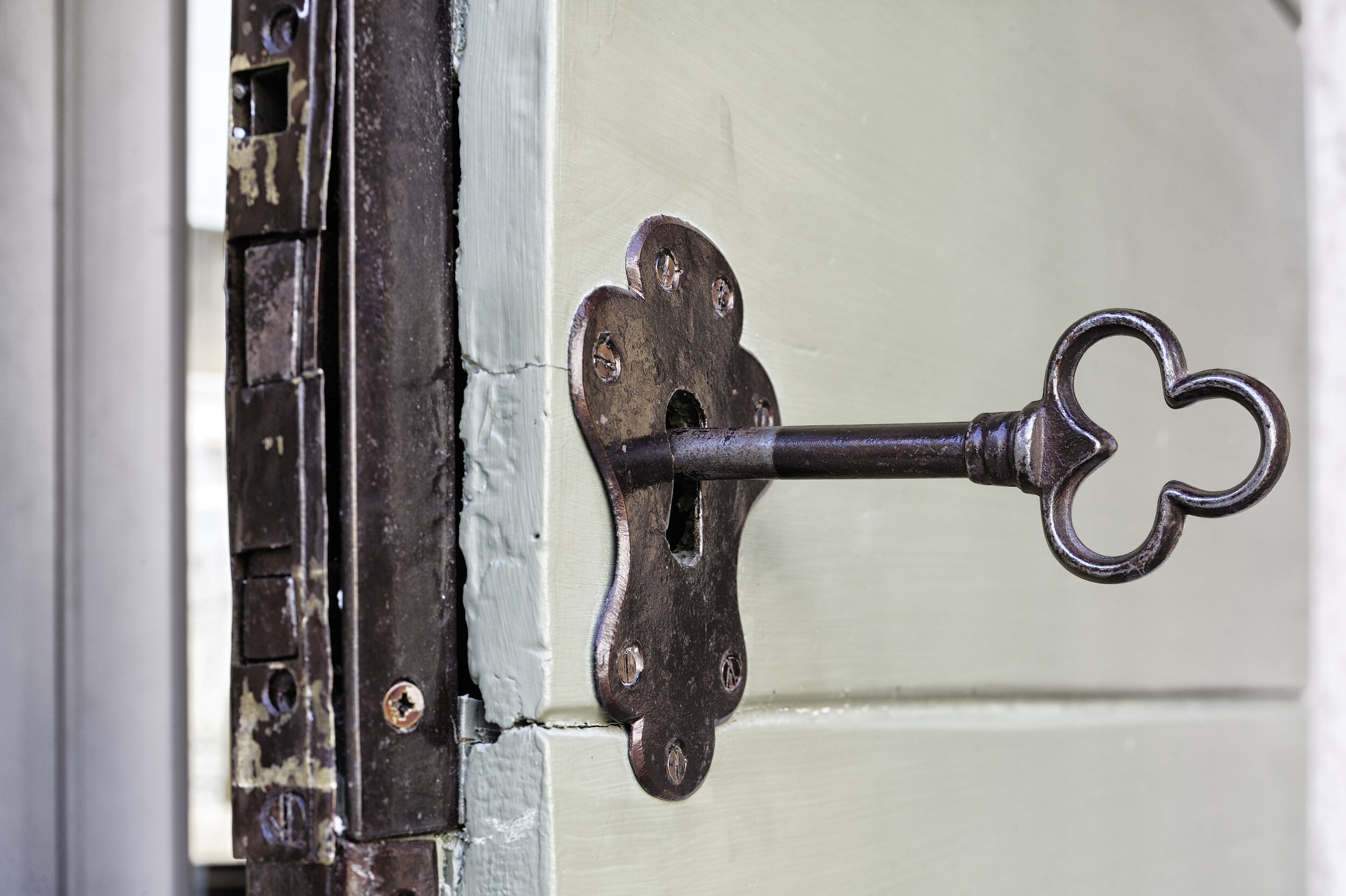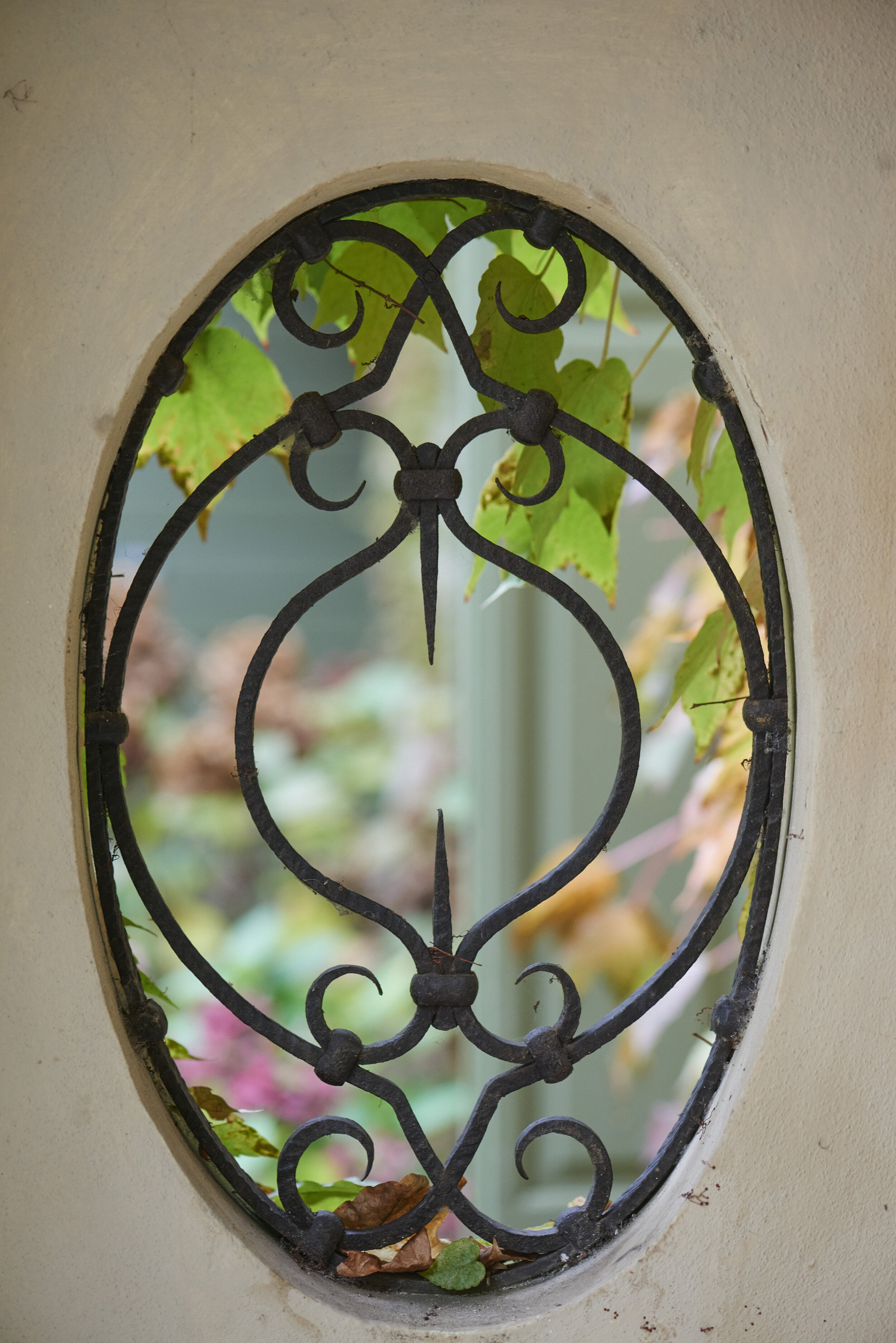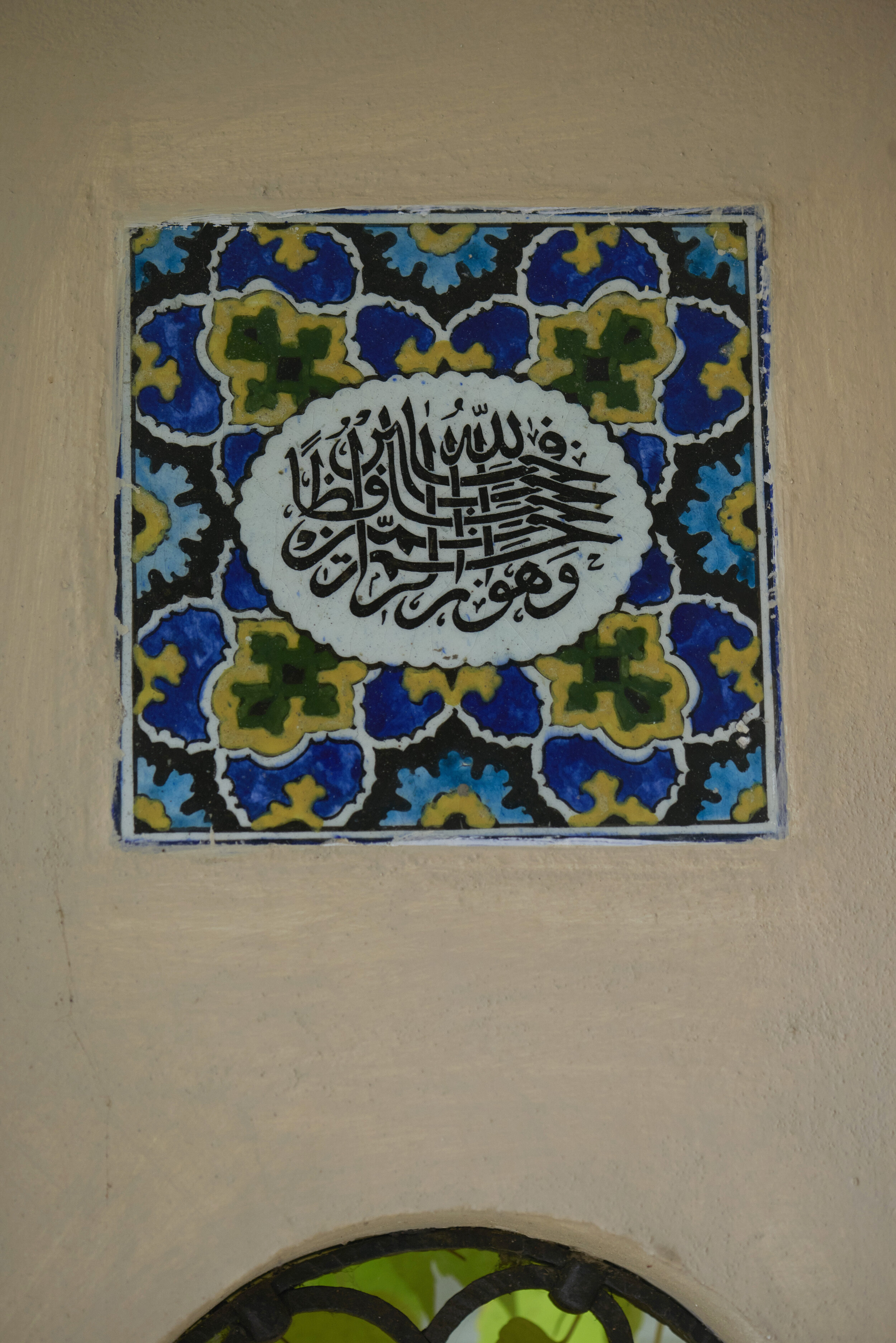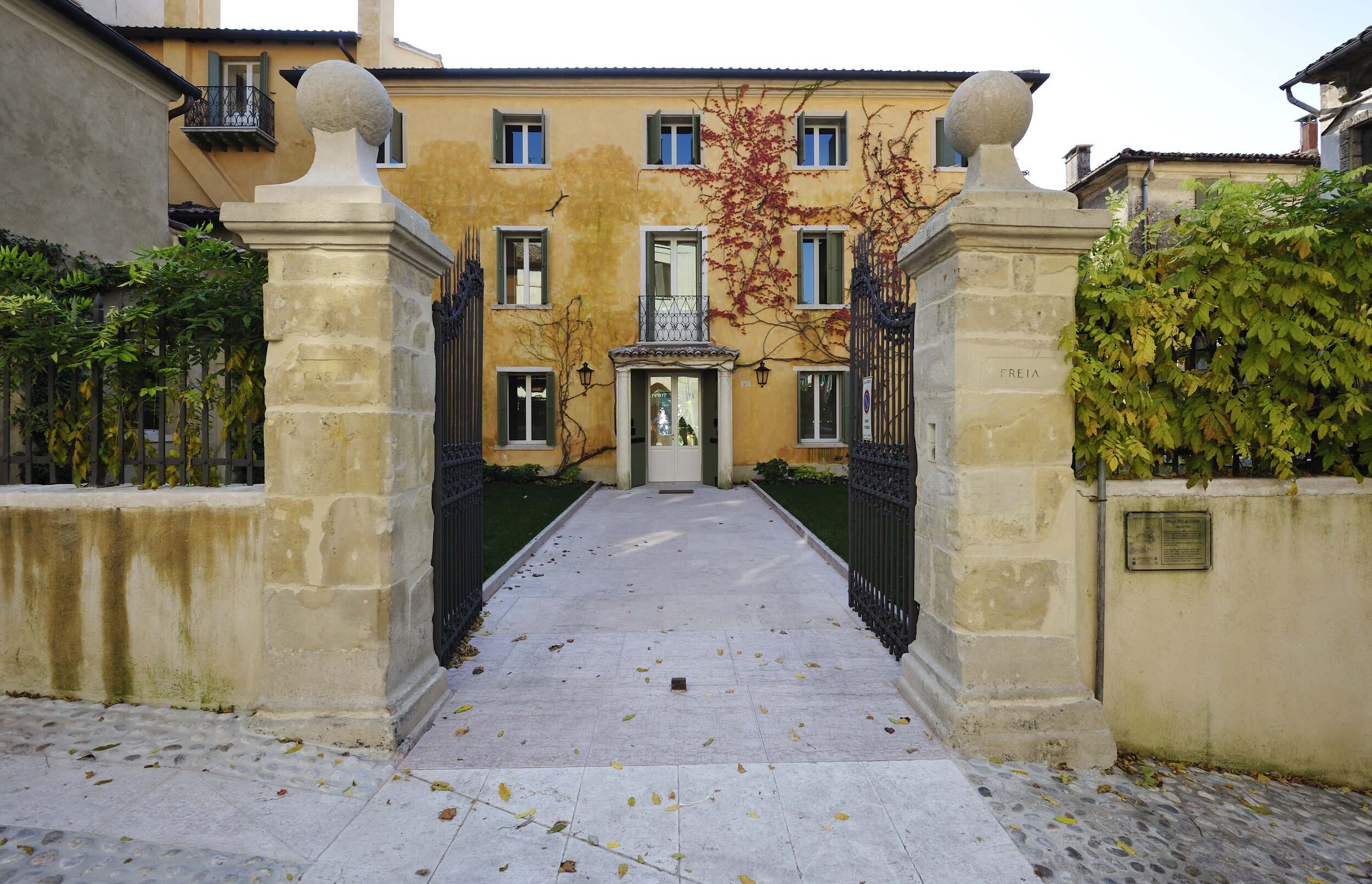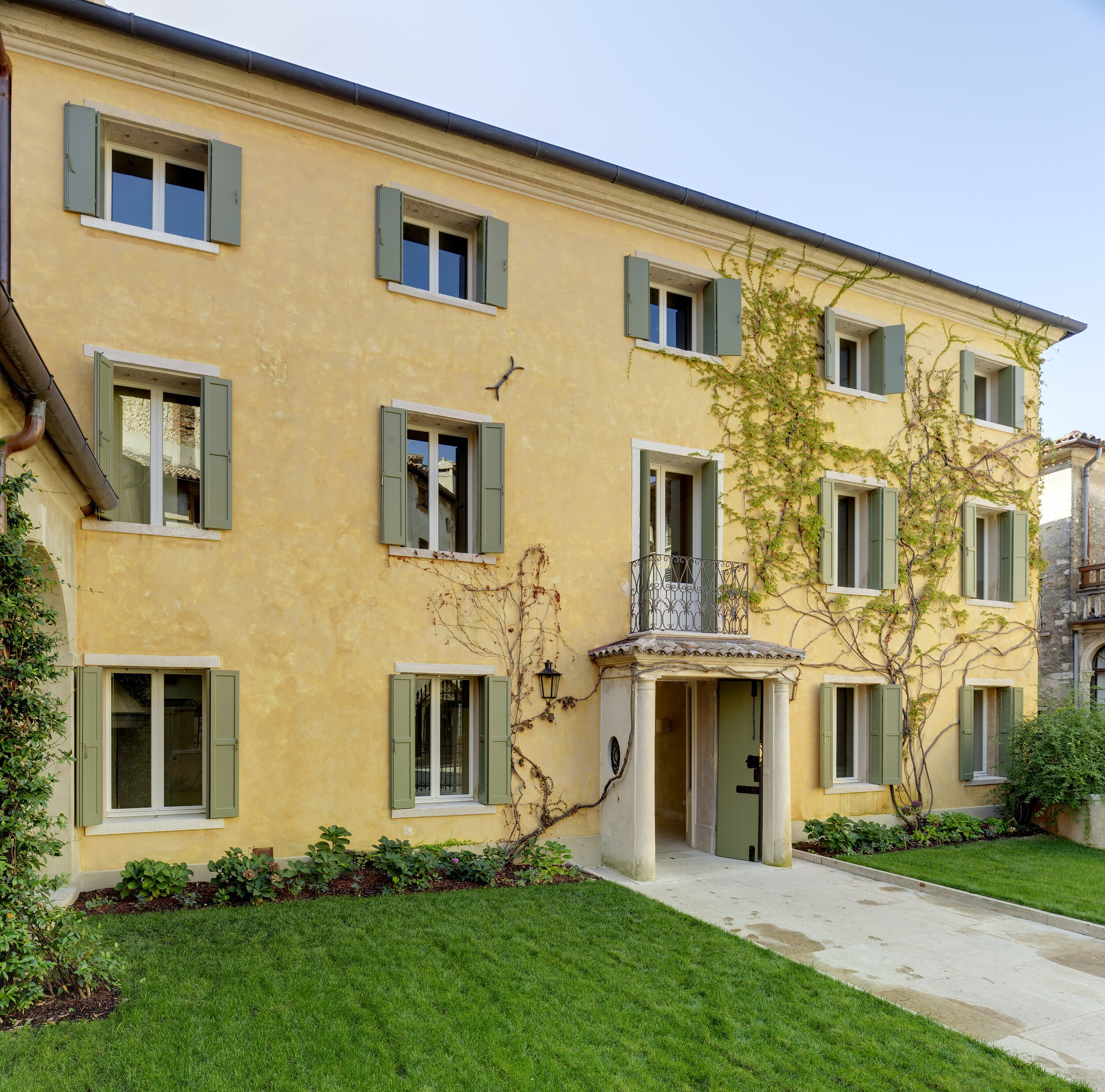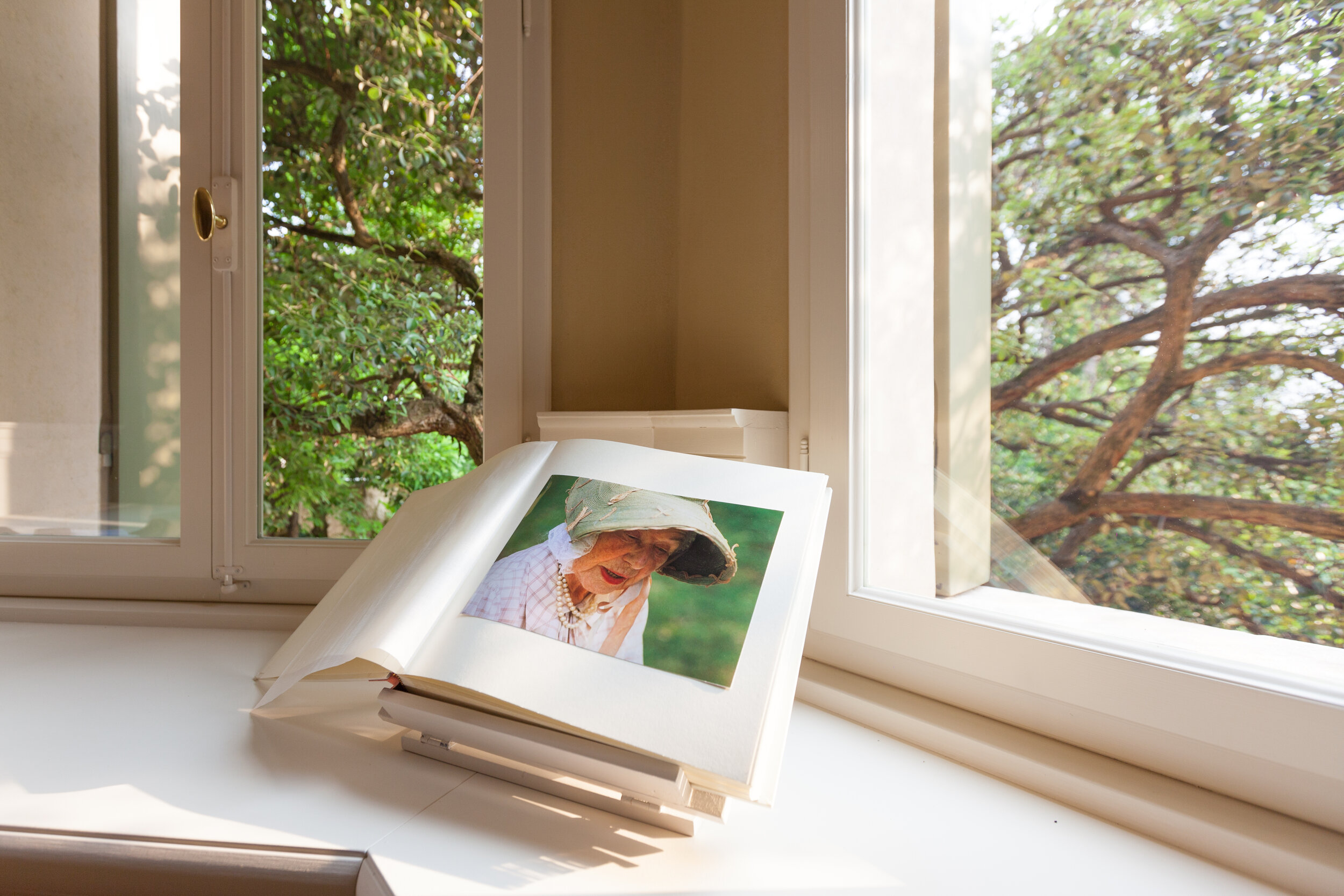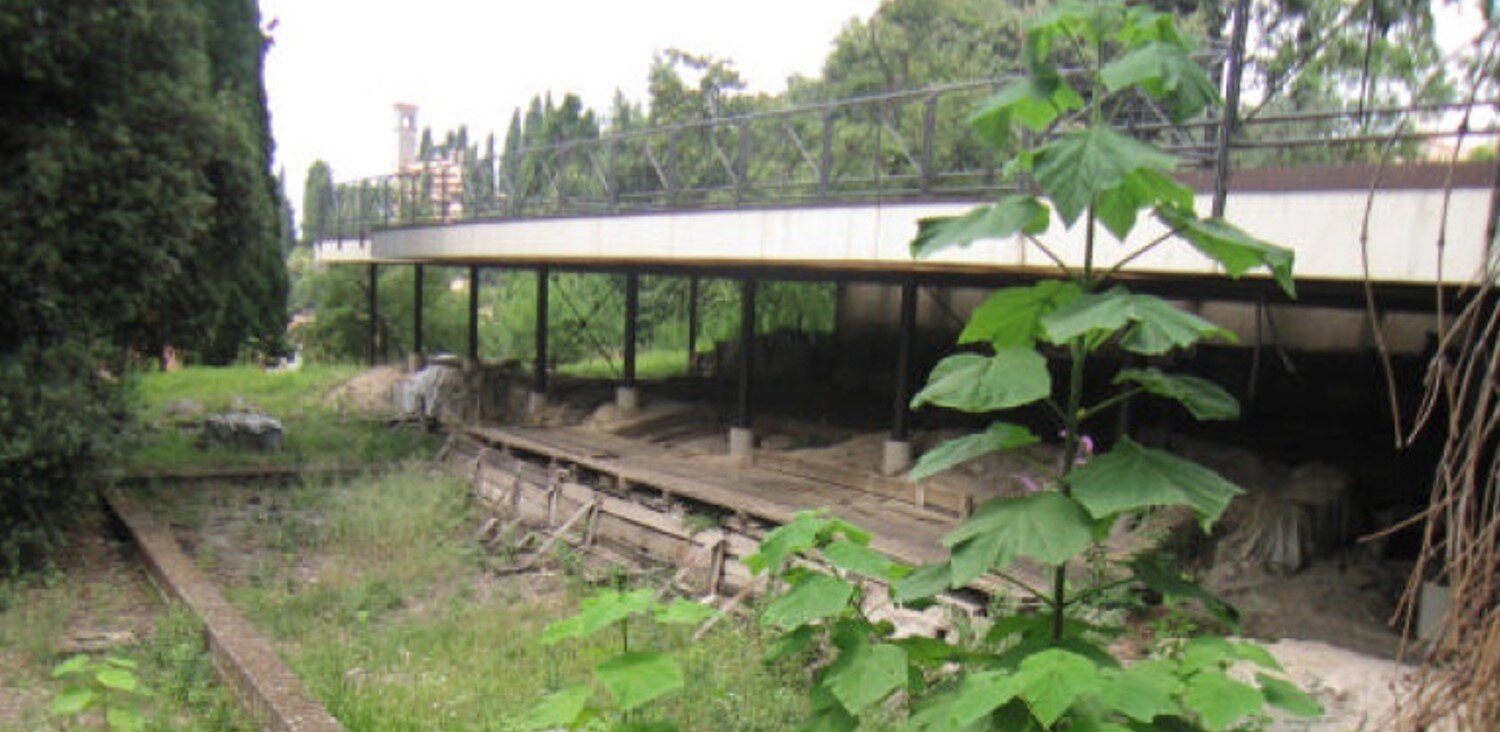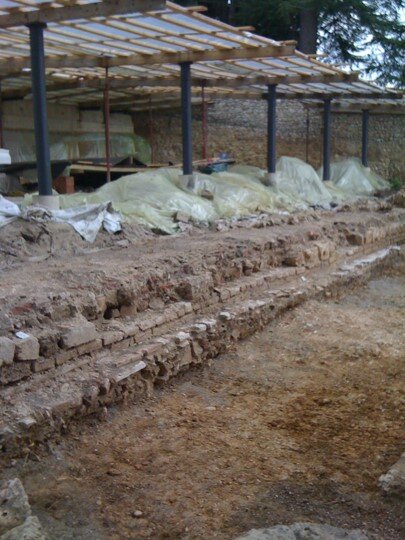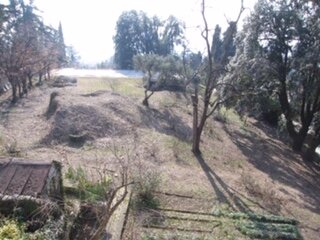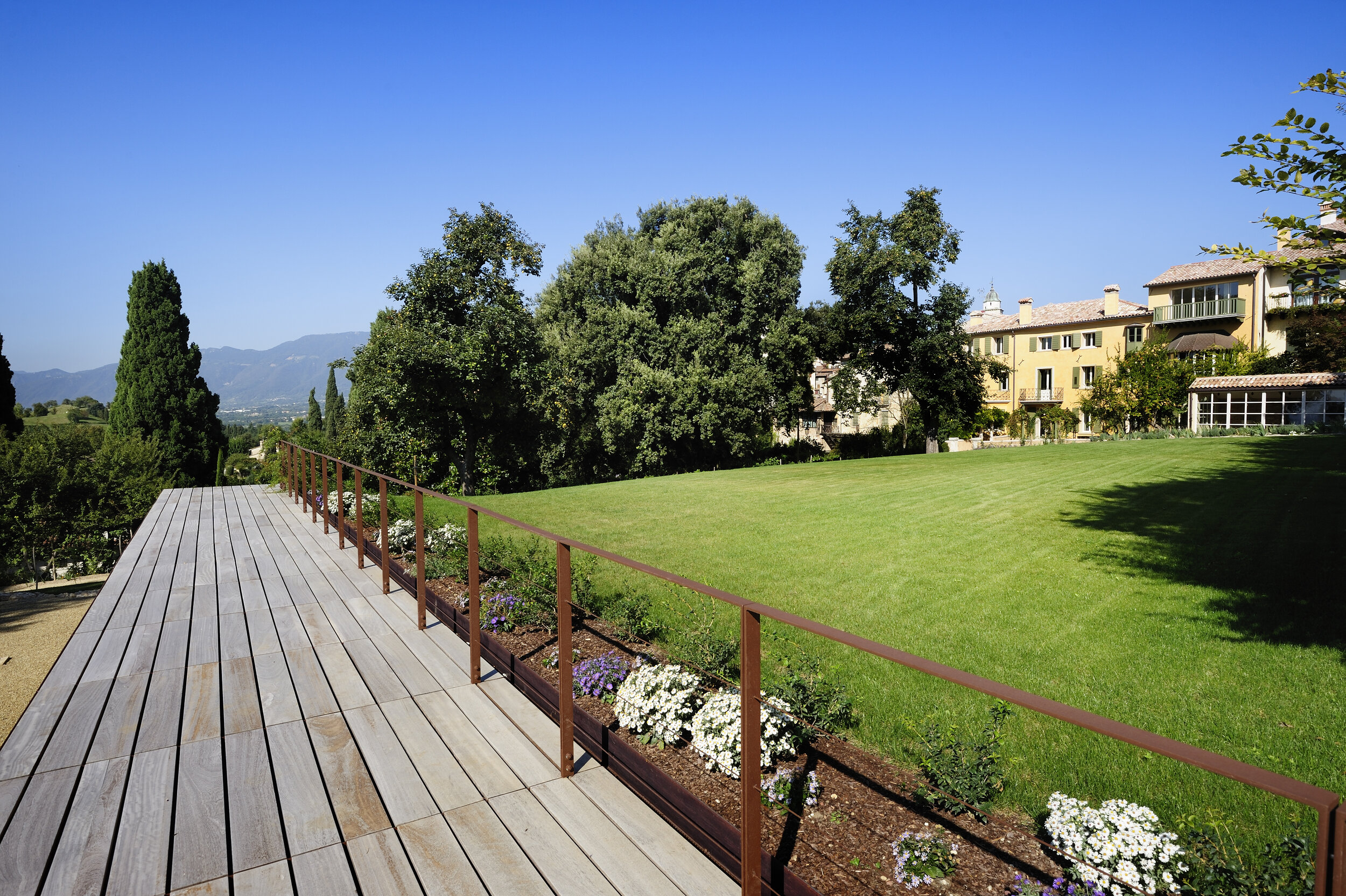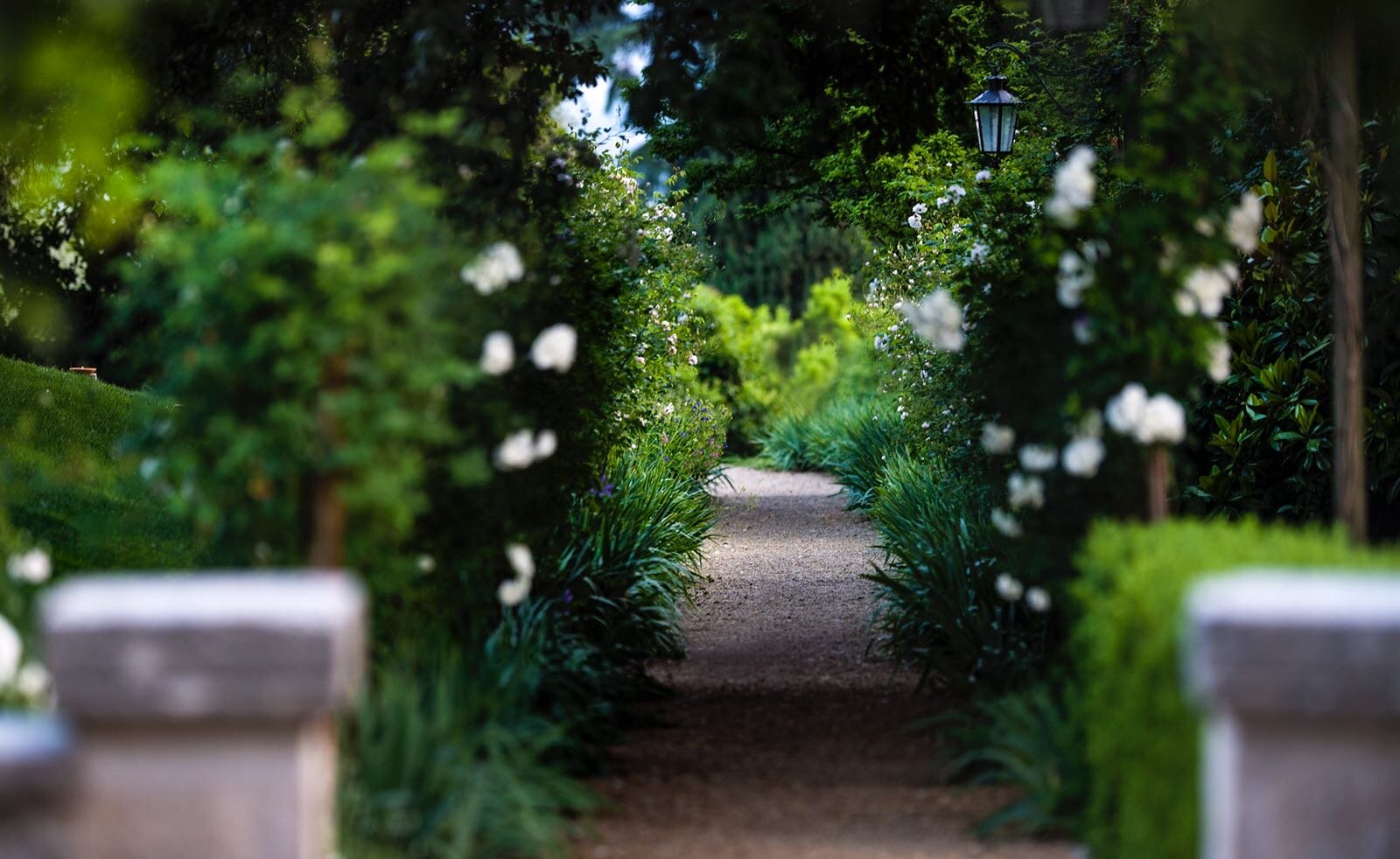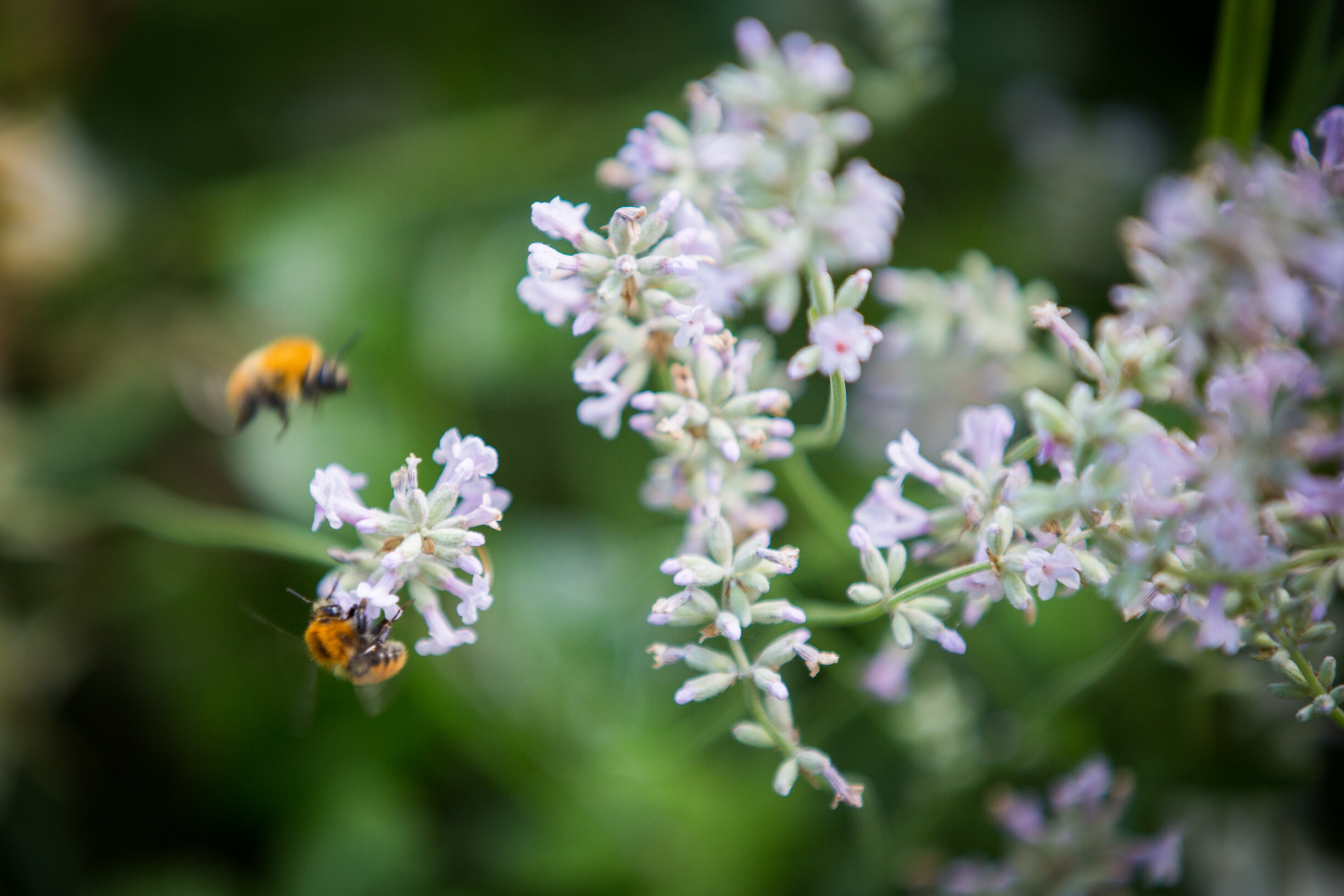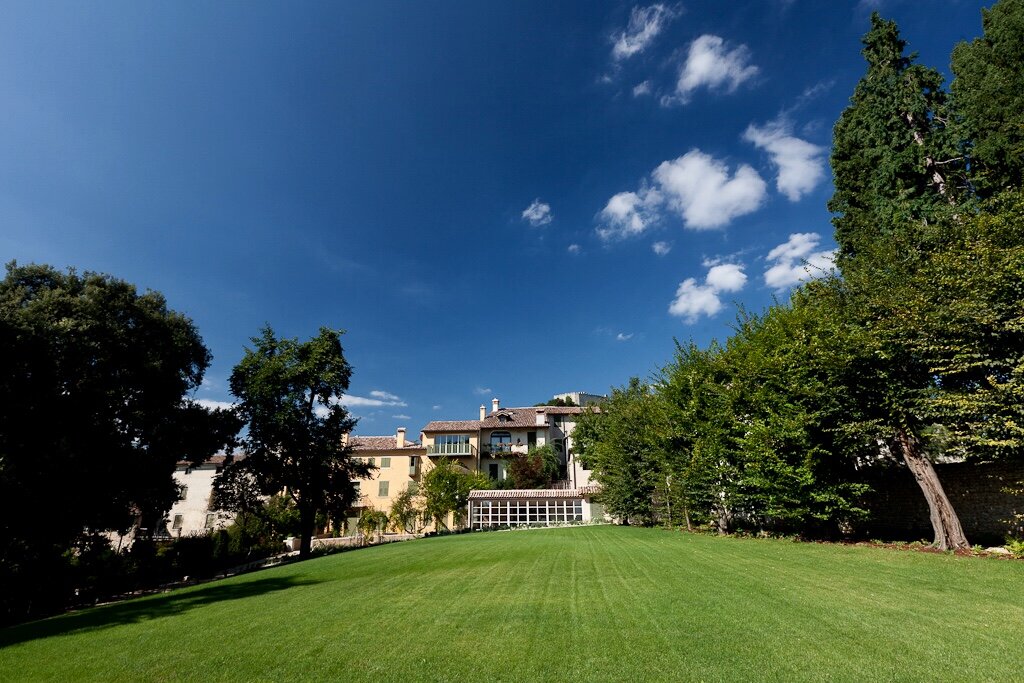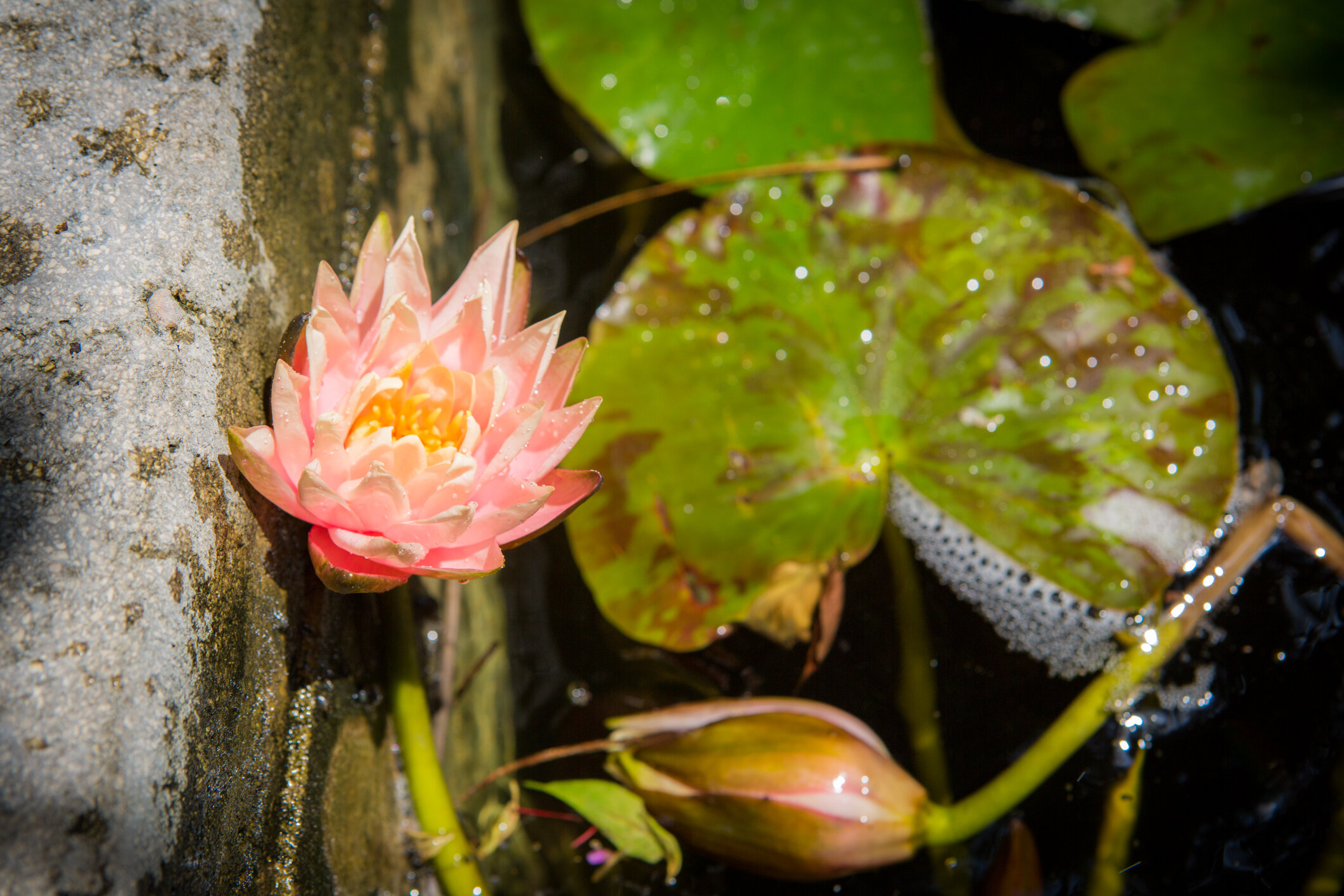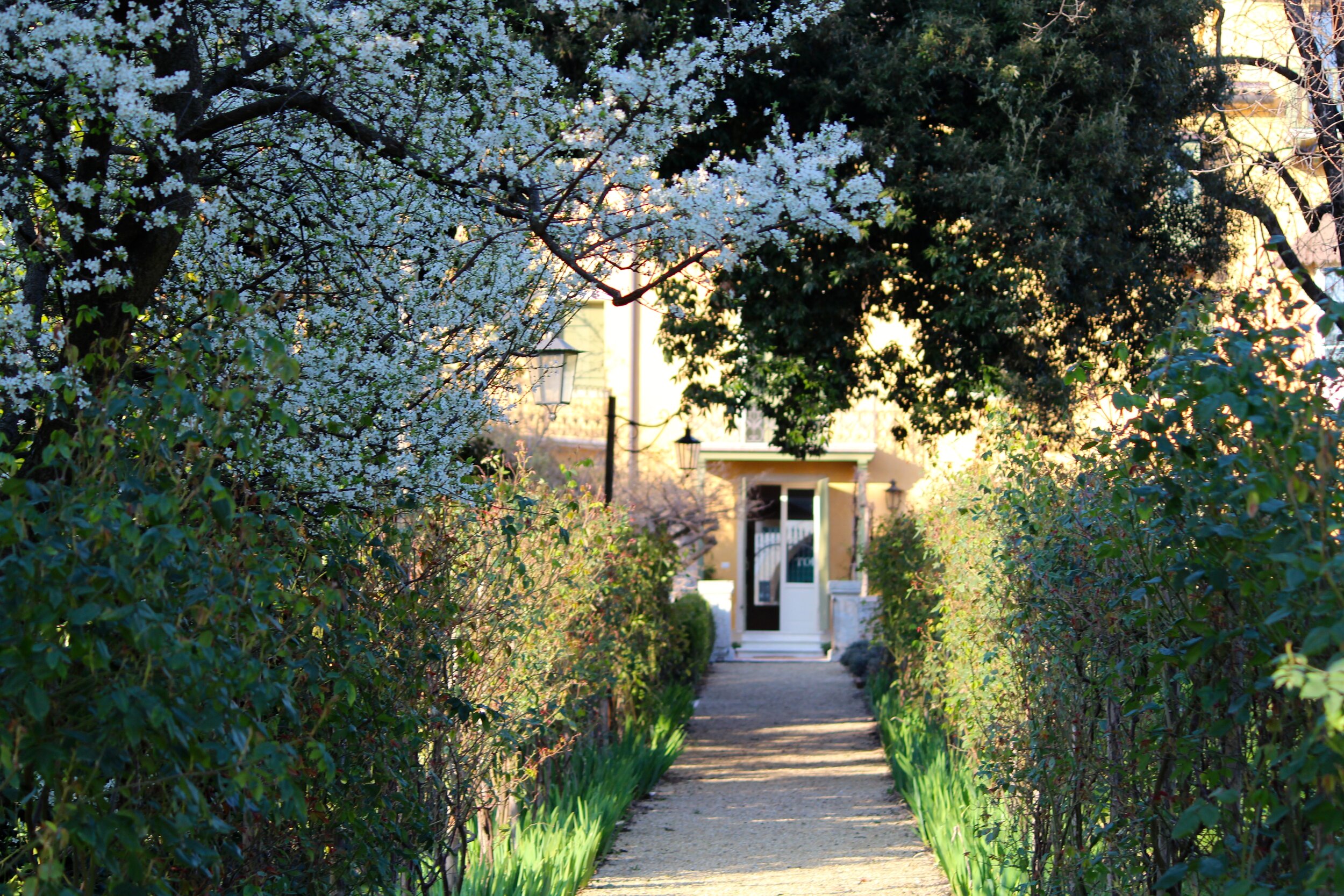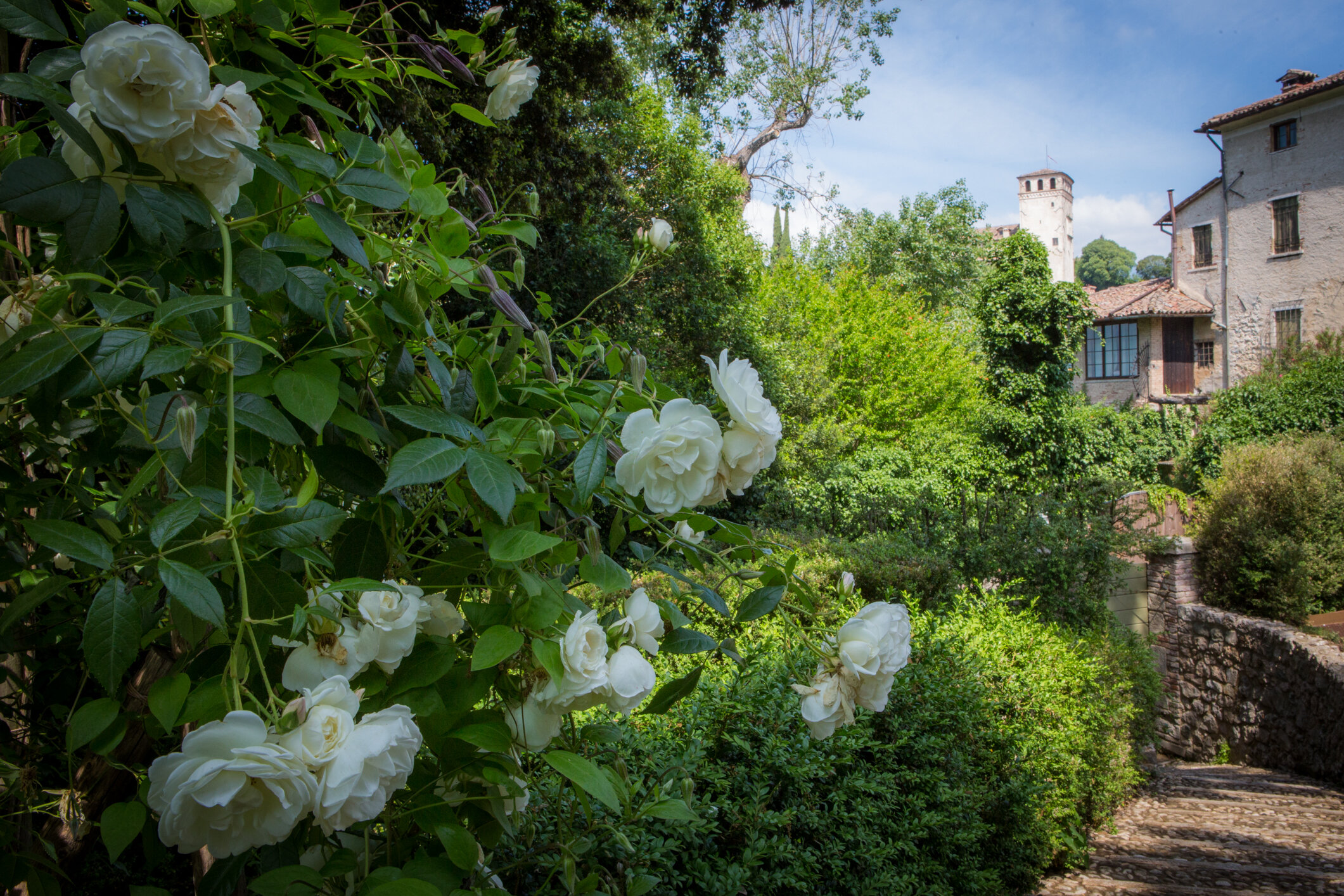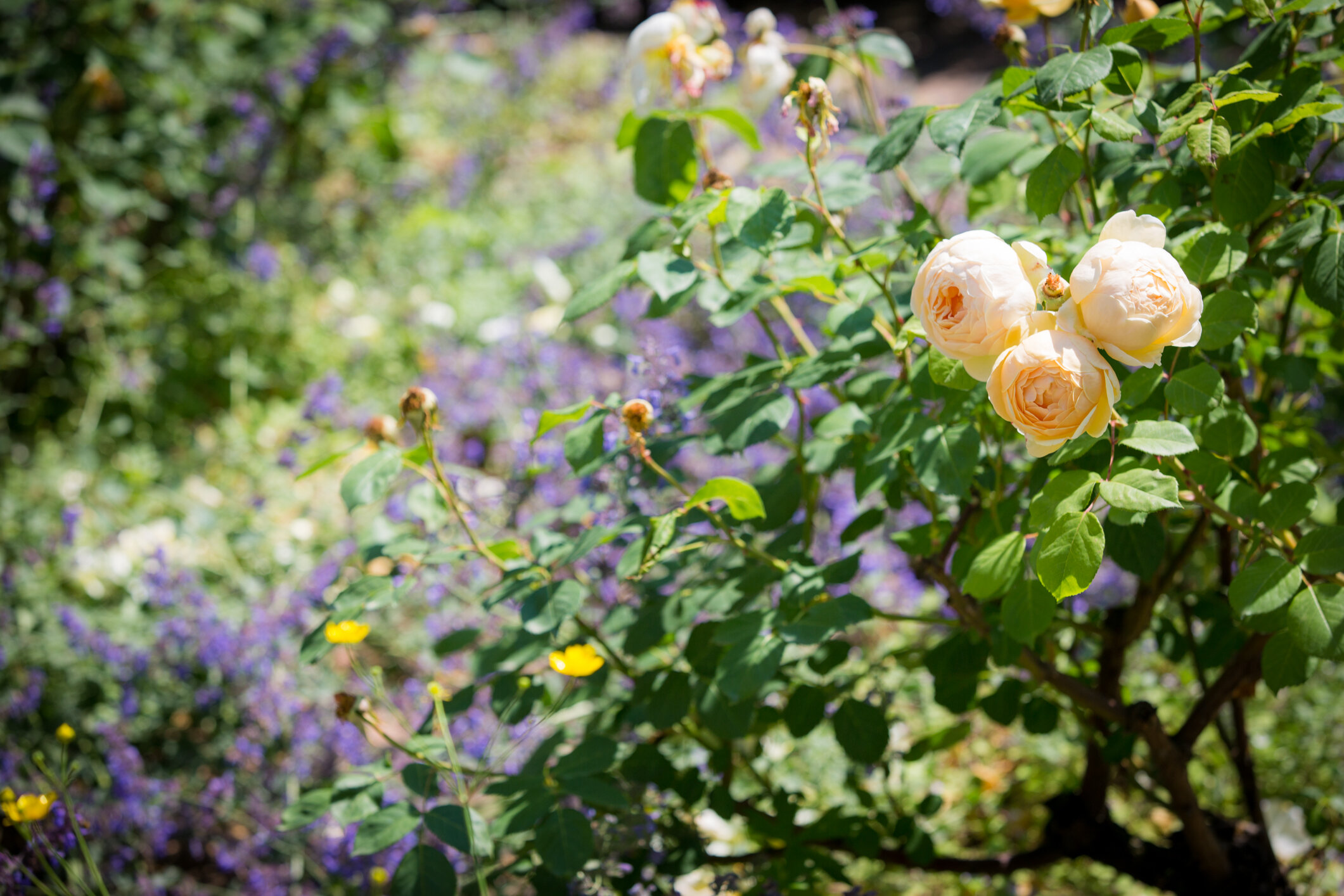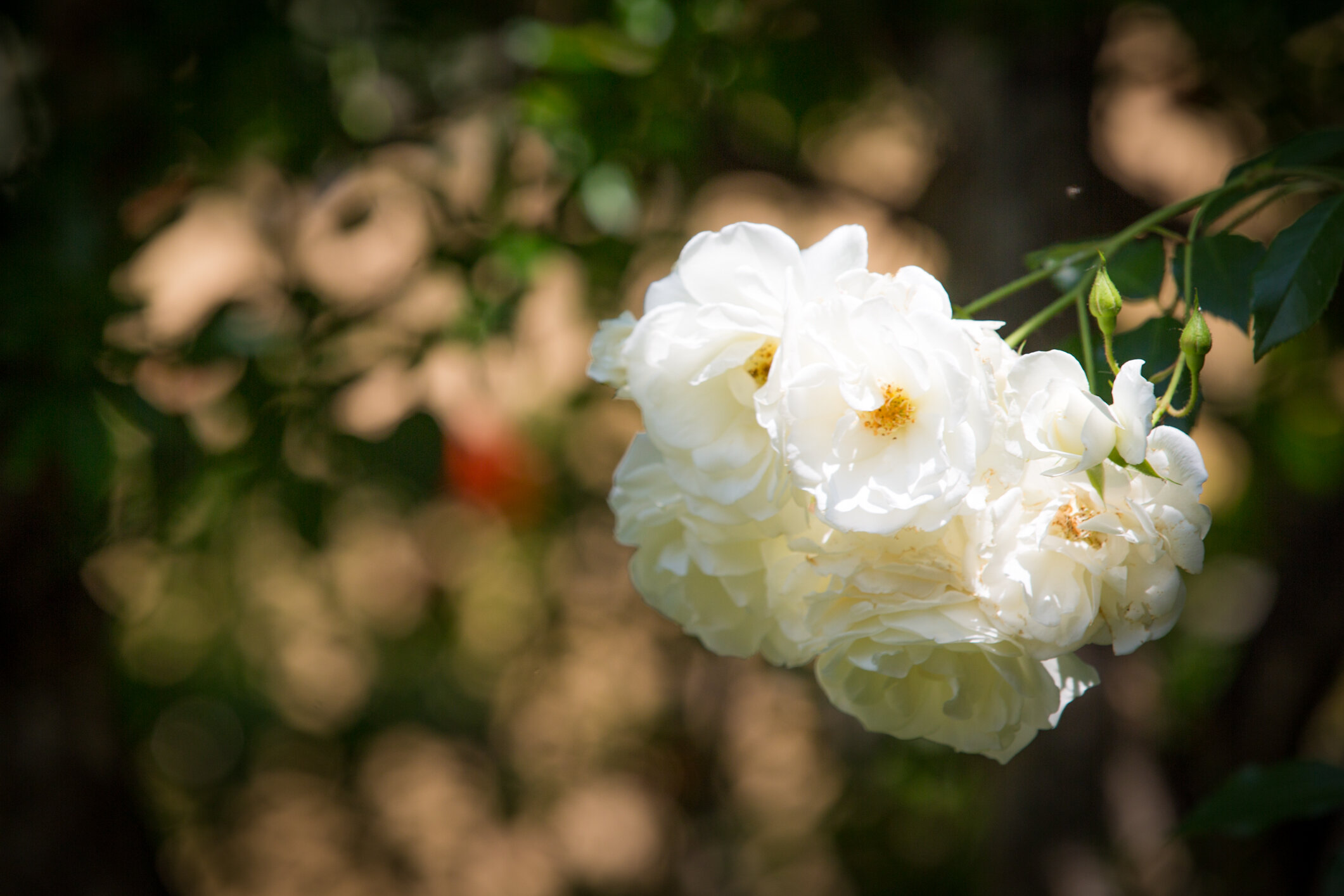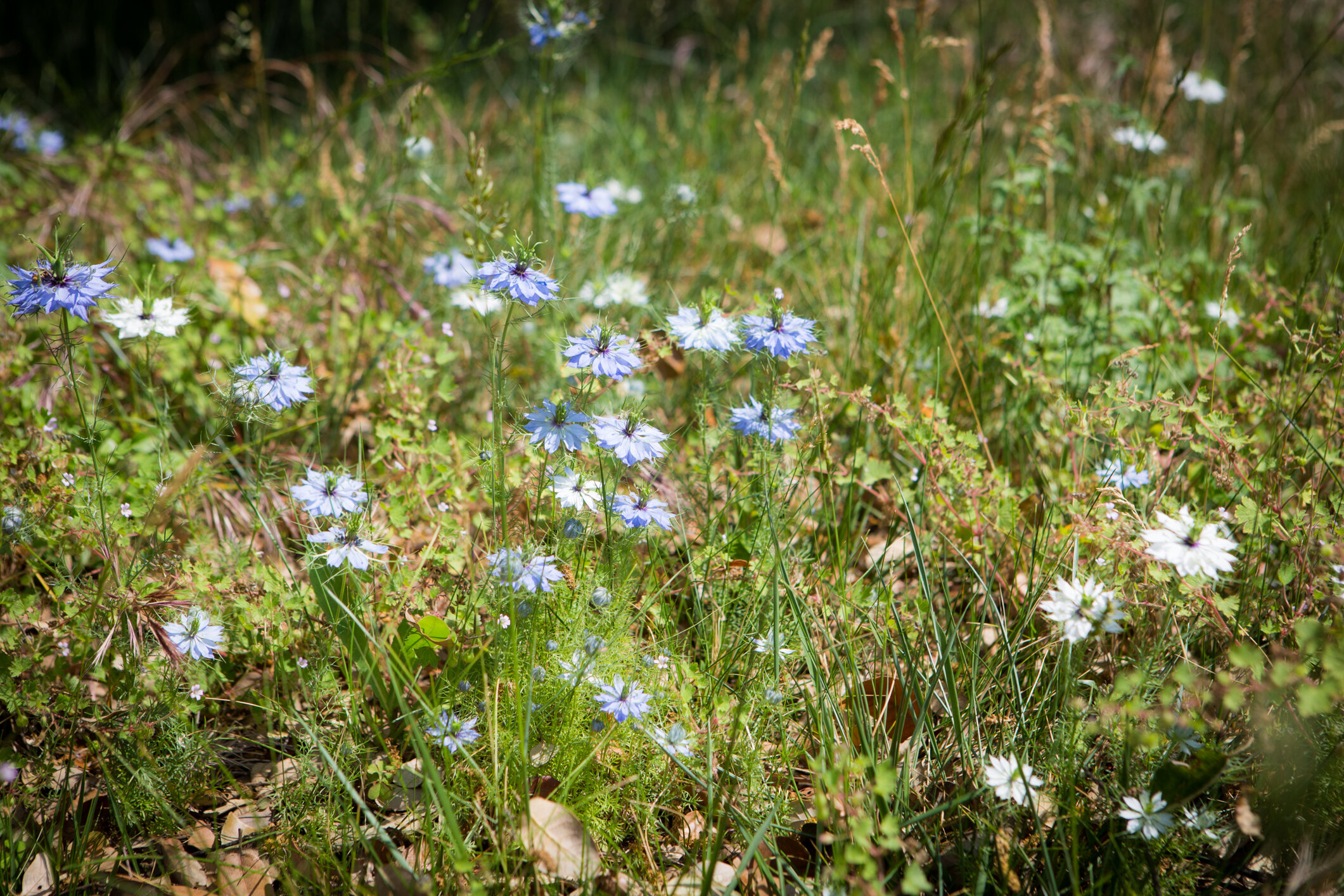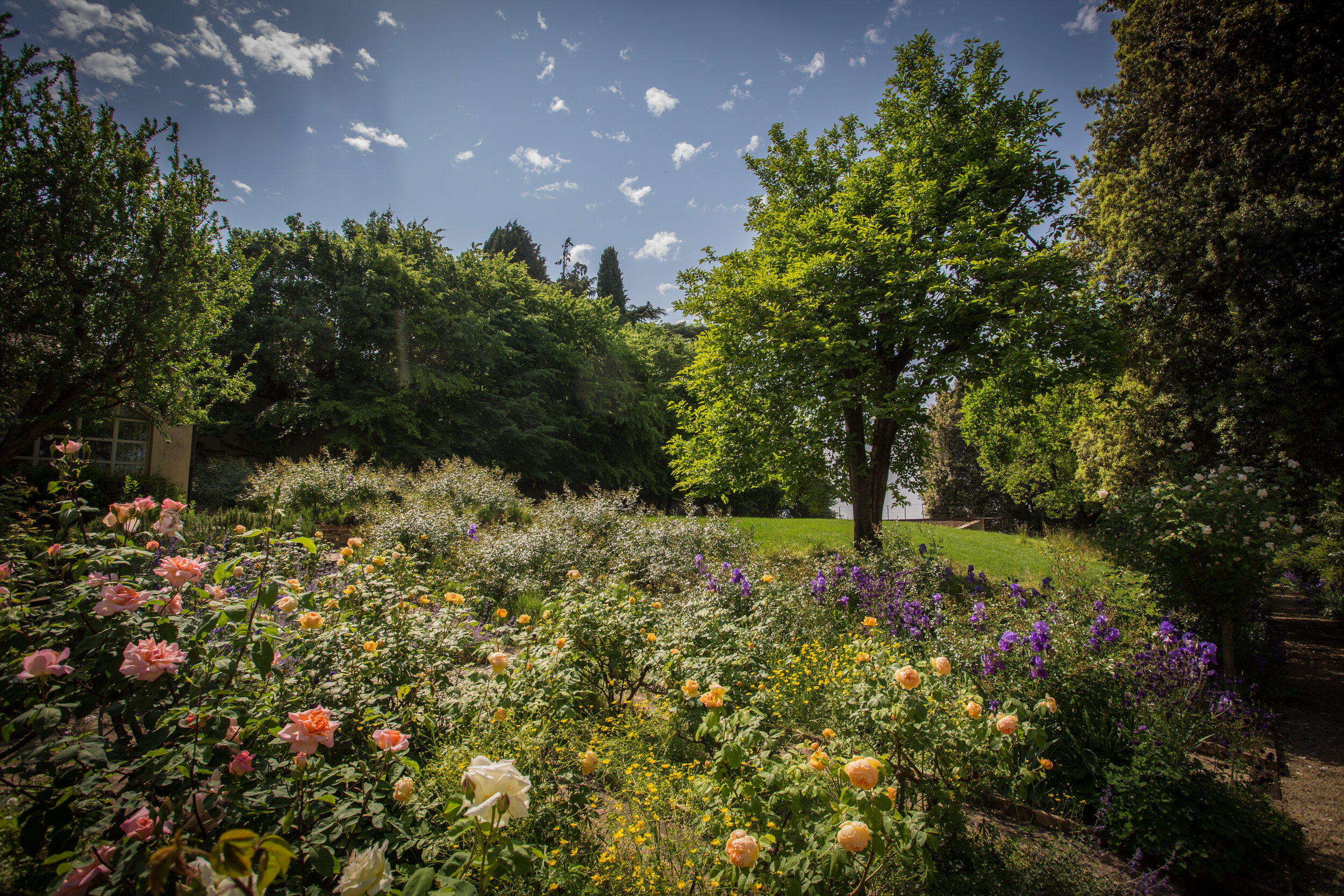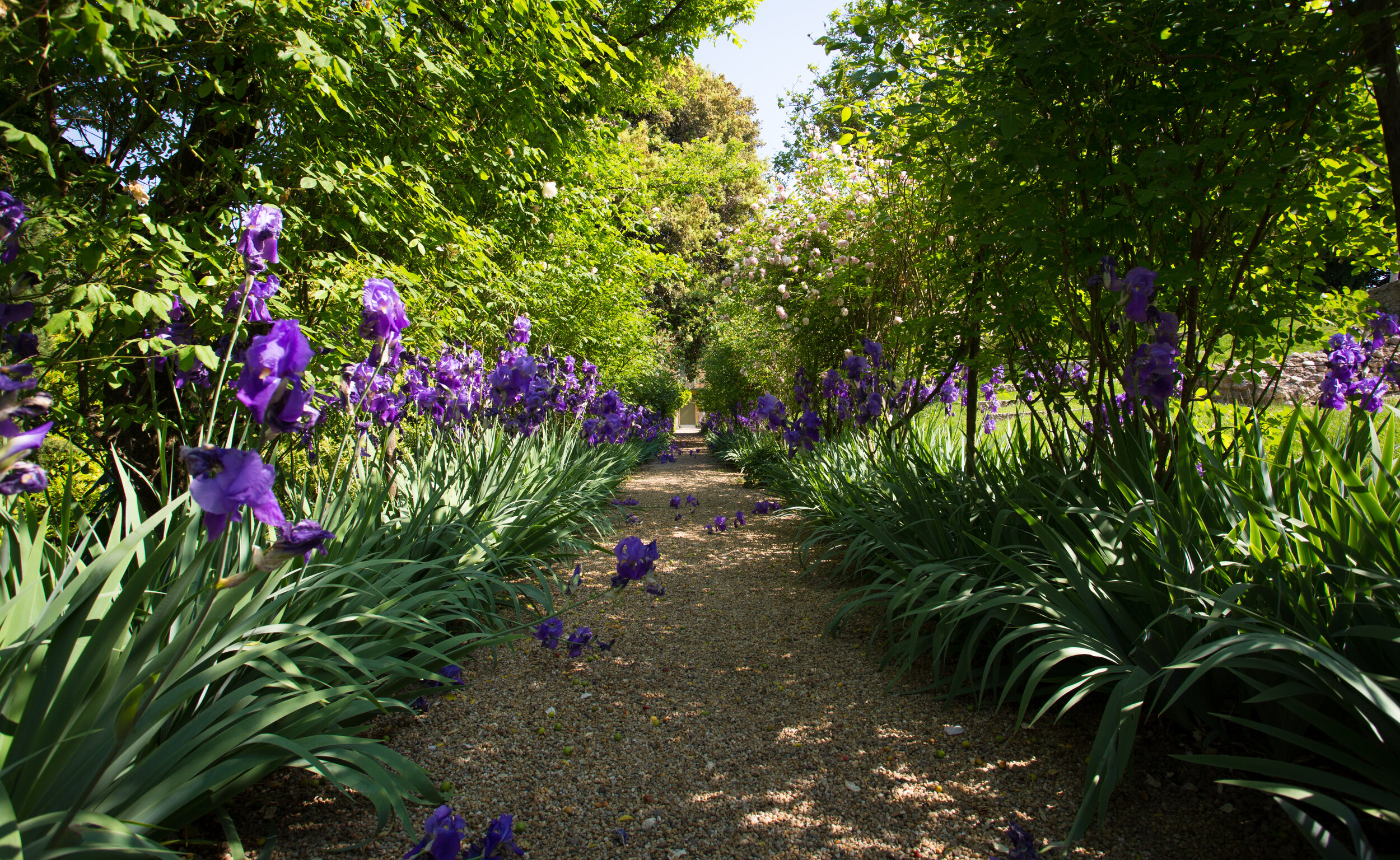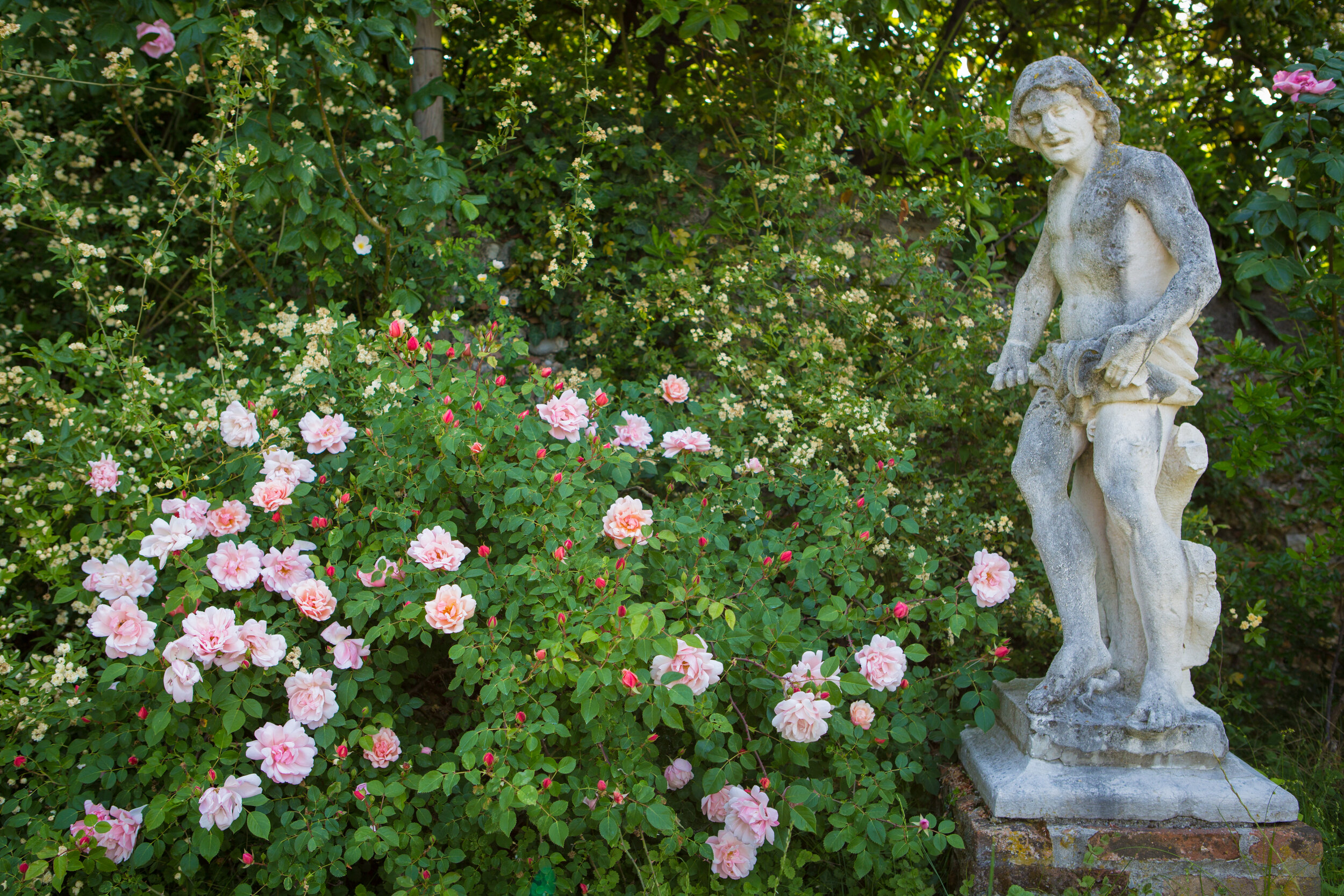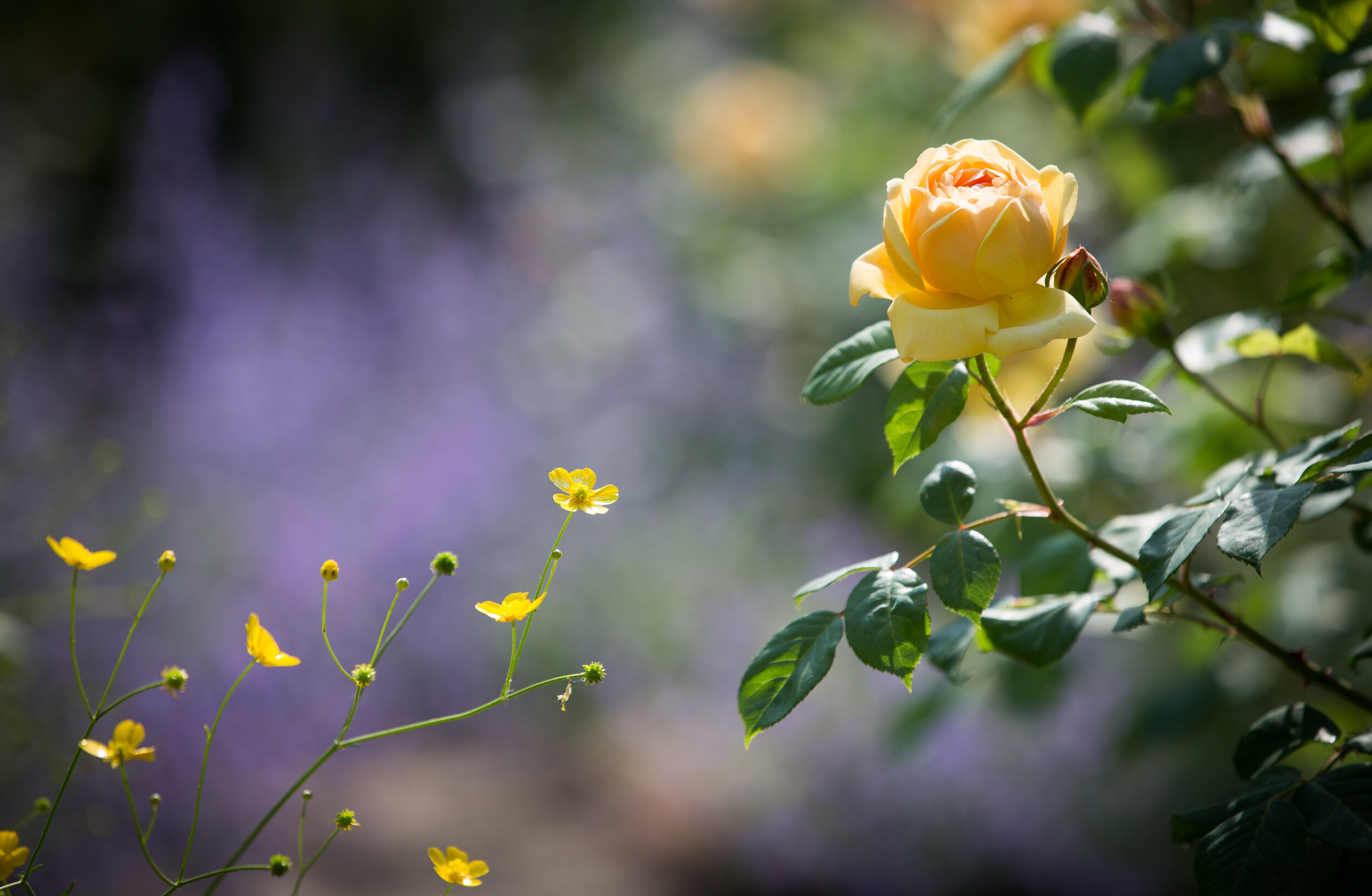THE RESTORATION
AN INVESTMENT OF HISTORICAL AND CULTURAL VALUE
In 2006 the complex of Villa Freya, with the park attached, was awarded to the Carron family, who became the owner of the building and concessionaire of the park, in agreement with the Province of Treviso. In 2009, under the directions of architect A. Torsello and the workers of the Carron company, an authentic and well-structured restoration began, bringing to light the historical dwelling that hosted the writer Freya Stark. There was a rigorous architectural and artistic preservation project that improved the north façade characterised by the American vine and the south façade whose main symbol are the Anglo-Saxon-style bow windows. Overall, the work was completed in 2011, after a long and costly restoration that led to the reopening of the park to the public and the enhancement of the entire architectural and landscape complex.
THE RESTORATION - THE VILLA
The restoration, which began in 2009, adapted the villa to new residential requirements, preserving and enhancing small connotations of style and history. Among these ones we can see the ancient key, the Arabic inscription at the entrance, the natural arches, the deco niches, the staircases in stone, the two Art Nouveau bathrooms and the old decorated fireplaces. It was a conservative restoration that maintained the internal distribution of spaces and the external characteristics of the façades unchanged. The principle of the restoration was the conservation and enhancement of the existing spaces; the guiding thread was the timeless choice of materials and colours; the end result was the order and harmony of the whole.
THE RESTORATION - THE GARDEN
The splendour of the park was restored thanks to a complex restoration and renovation project that began in 2009 and was completed in 2011 by the Carron family, who is the current guarantor of the maintenance of the entire architectural and natural complex. After a long period of 'abandonment' aggravated by numerous archaeological excavations in the 1980s, the park was reopened to the public and to guided tours.
The abandoned garden was transformed into a magical place where one can enjoy the greenery, the shade, the scents and some amazing views. Instead of weeds and untidy brambles, you can now admire Freya's natural rooms, the geometric design of the flowerbeds, the big green lawn, the hornbeam gallery and the English roses. The recovery of the four centuries-old holm oaks enhanced the botanical value of the garden.
The park is not interesting just from a naturalistic point of view, but also because you can see the remains of a Roman theatre, dating from around the 2nd century AD. The restoration under the directions of the superintendency of archaeological heritage of the University of Padua was carried out with great attention to all the details. The Carron company provided the reconstruction of the mosaic fragment found at the archaeological site and donated in 2012 to the Civic Museum of Asolo. It is one of the most valuable polychrome mosaics in the Veneto region. The park regained its former splendour: a botanical garden maintained intact and an archaeological area of obvious interest.
BEFORE AND AFTER
